Coney Island, situated at the southern tip of Brooklyn, this world-renowned destination was the epitome of leisure and entertainment in the 1890s. With the advent of electric lighting, the development of leisure activities, and innovations in mass transit, Coney Island transformed into the “People’s Playground,” drawing visitors from all walks of life.
The Birth of Amusement Parks
The late 19th century was a golden era for Coney Island, witnessing the birth of its iconic amusement parks—Sea Lion Park in 1895, followed by Steeplechase Park in 1897, and Luna Park in 1903. Sea Lion Park was the first enclosed amusement park in the United States, featuring rides and attractions like the “Shoot-the-Chutes,” a predecessor to the modern-day water slide. Designed by Paul Boyton, who was inspired by the World’s Columbian Exposition in Chicago, the park set the stage for the future of amusement parks across the nation. For a dime, visitors could experience a wonderland of fun and excitement, safely away from the hustle and bustle of city life.
The Invention of the Hot Dog
It’s hard to imagine Coney Island without thinking of the classic American fare—the hot dog. While its exact origins are disputed, it’s widely believed that Charles Feltman, a German immigrant, was the first to sell frankfurters in rolls at his Coney Island stand in 1867. By the 1890s, Feltman’s Ocean Pavilion became an empire, serving thousands of these delectable treats daily. To many New Yorkers, this popular snack is more than just food; it’s a symbol of the city’s cultural melting pot.
Mass Transit and Accessibility
One of the critical factors contributing to Coney Island’s allure was the development of mass transit. In 1884, the Coney Island Elephant Hotel was built near Surf Avenue and West 12th Street, and it served as both a hotel and a tourist attraction. This massive wooden elephant also served as a landmark for boats that shuttled visitors to and from Manhattan. In the 1890s, the Brooklyn Rapid Transit Company (BRT) began offering direct train service to Coney Island, making the destination easily accessible. The affordable five-cent fare democratized leisure, ensuring that Coney Island was not a luxury but a right for every New Yorker.


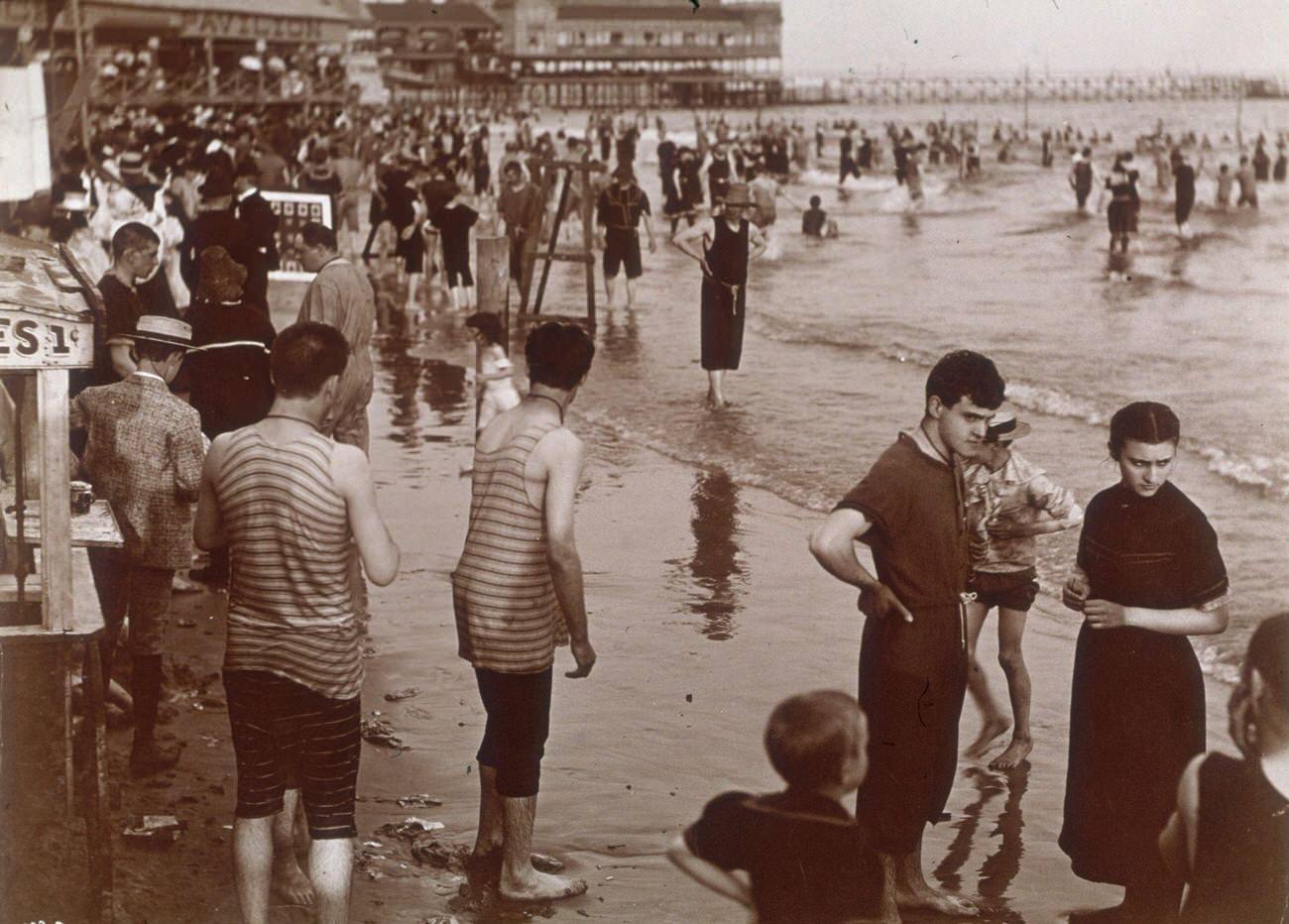
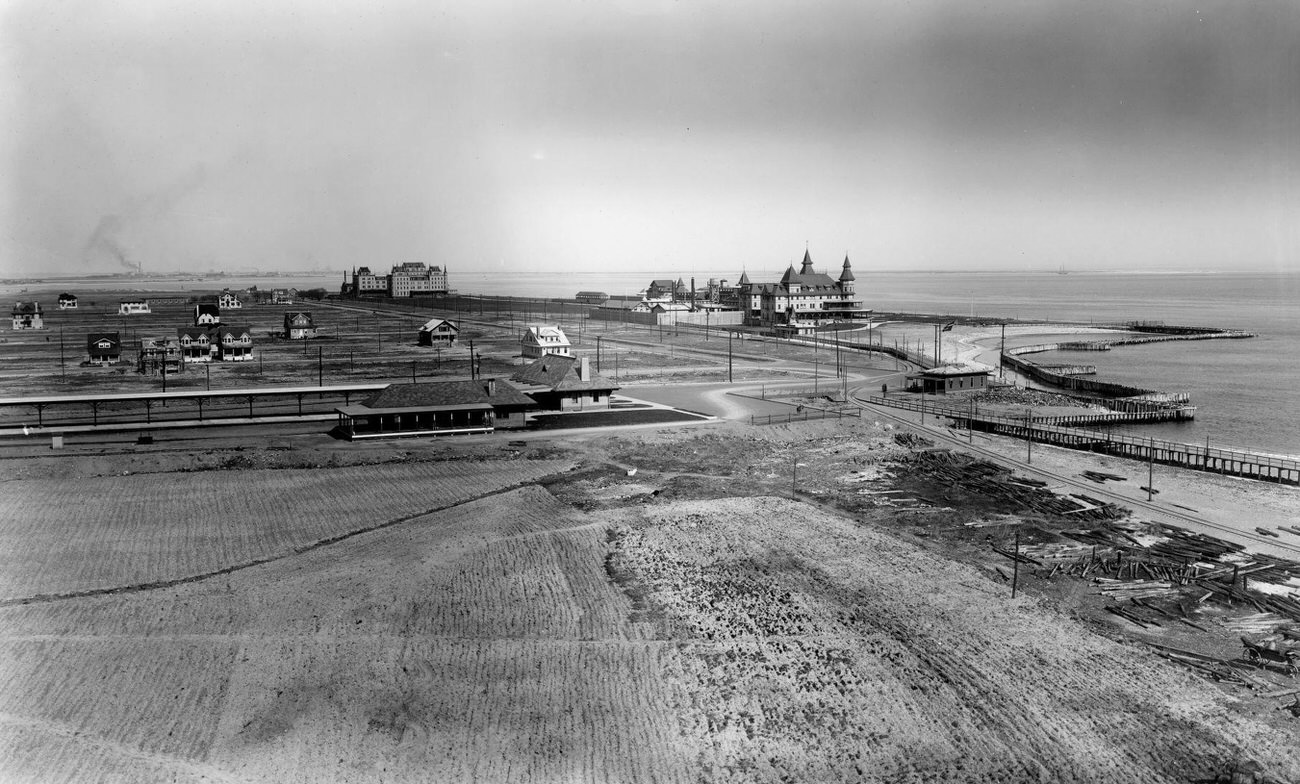
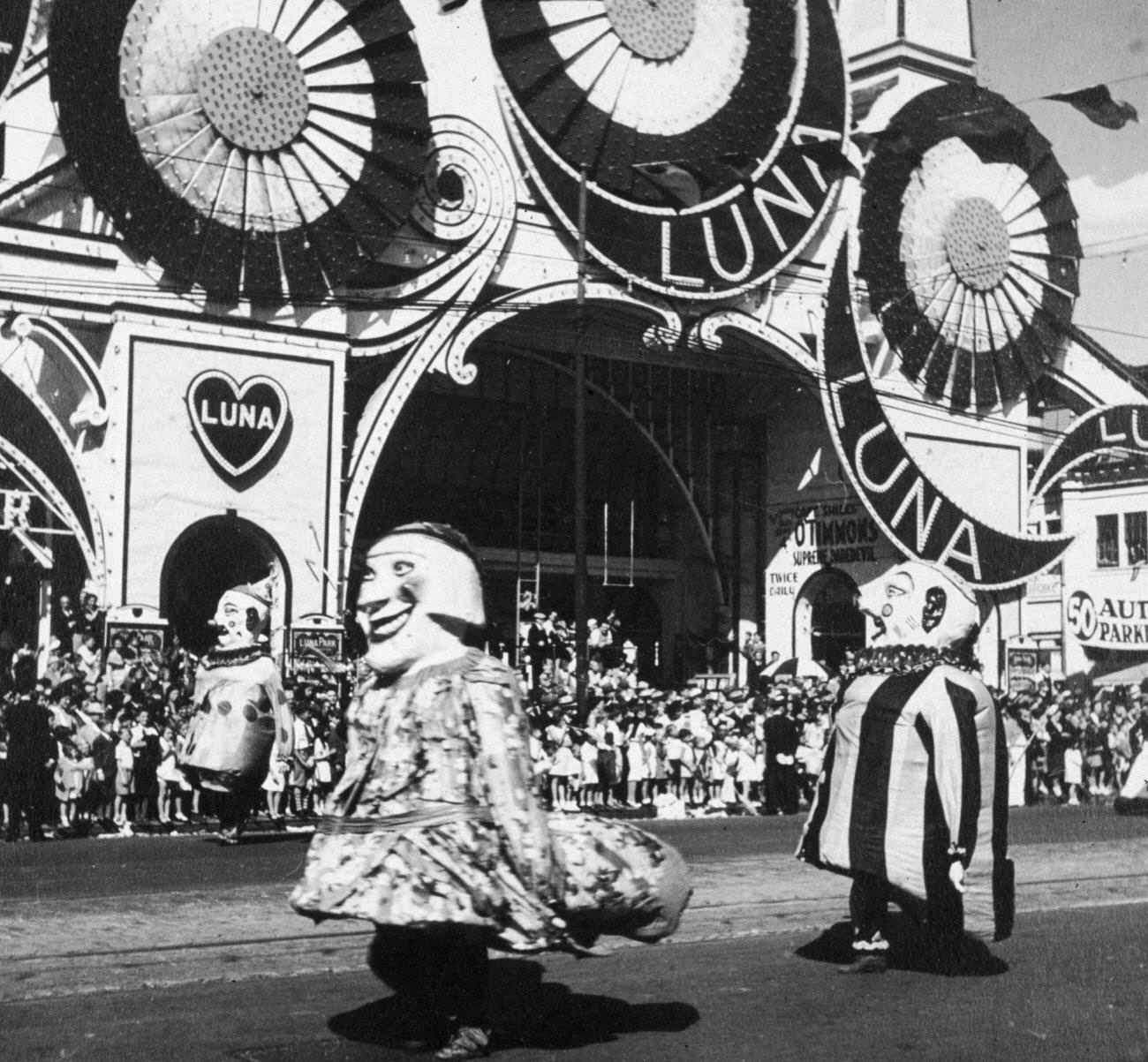
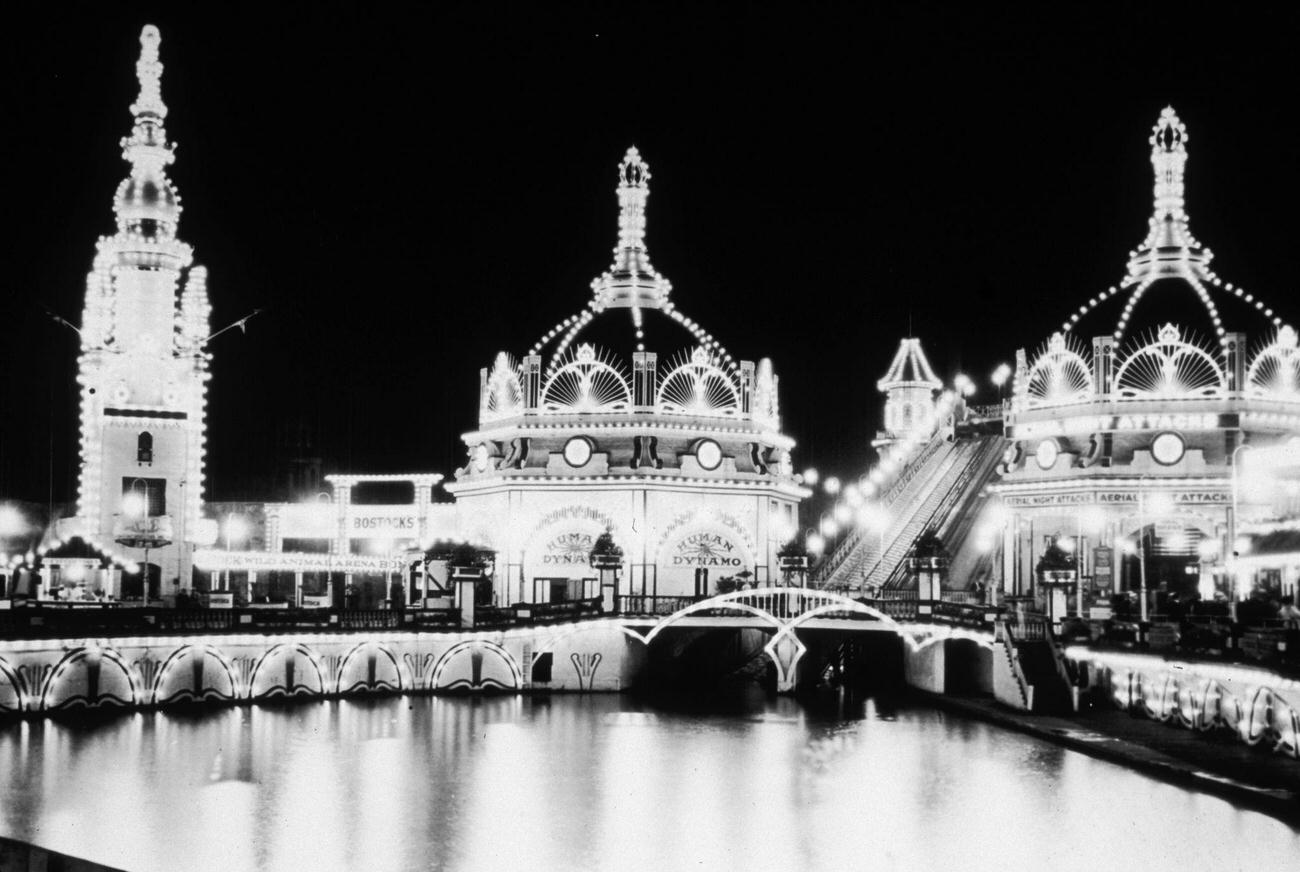
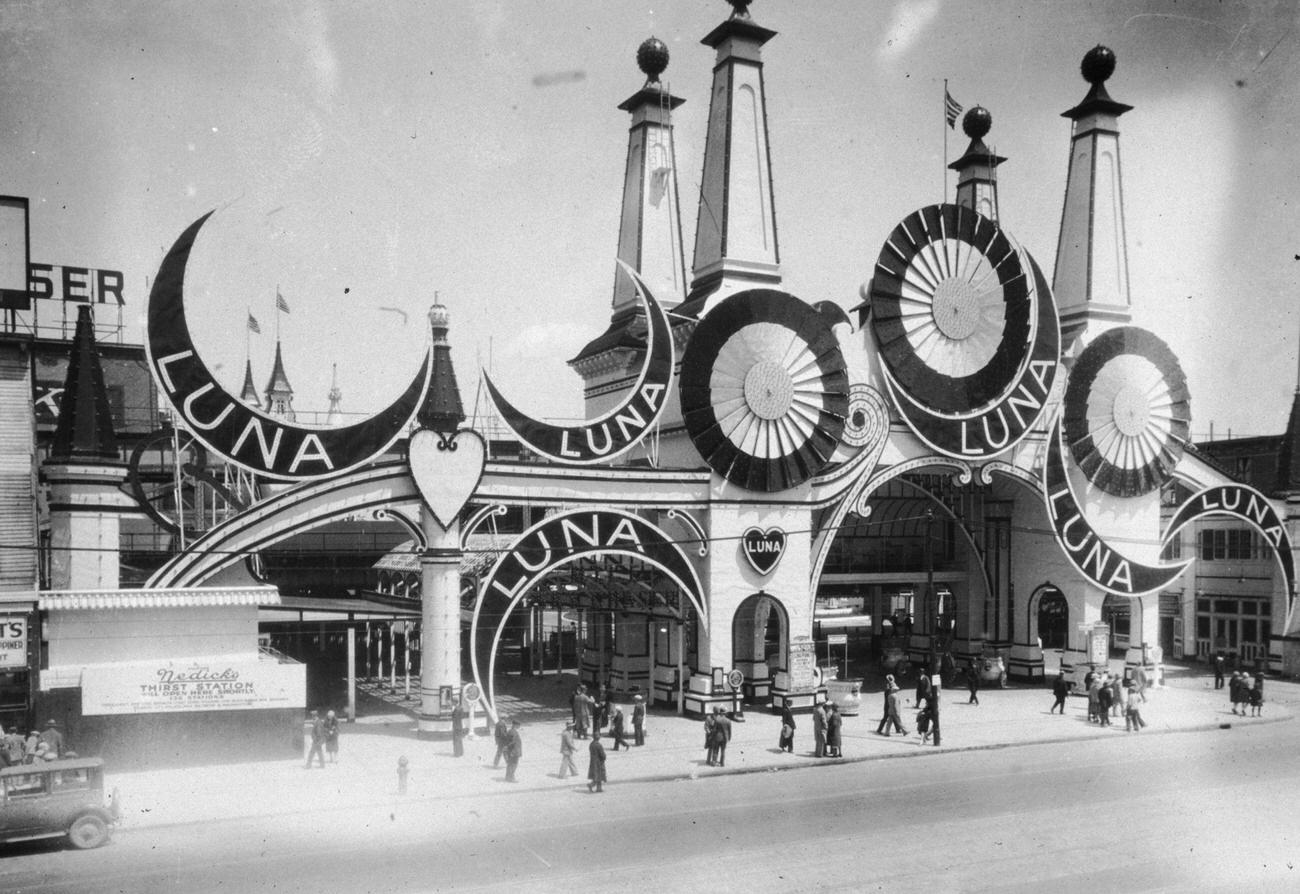
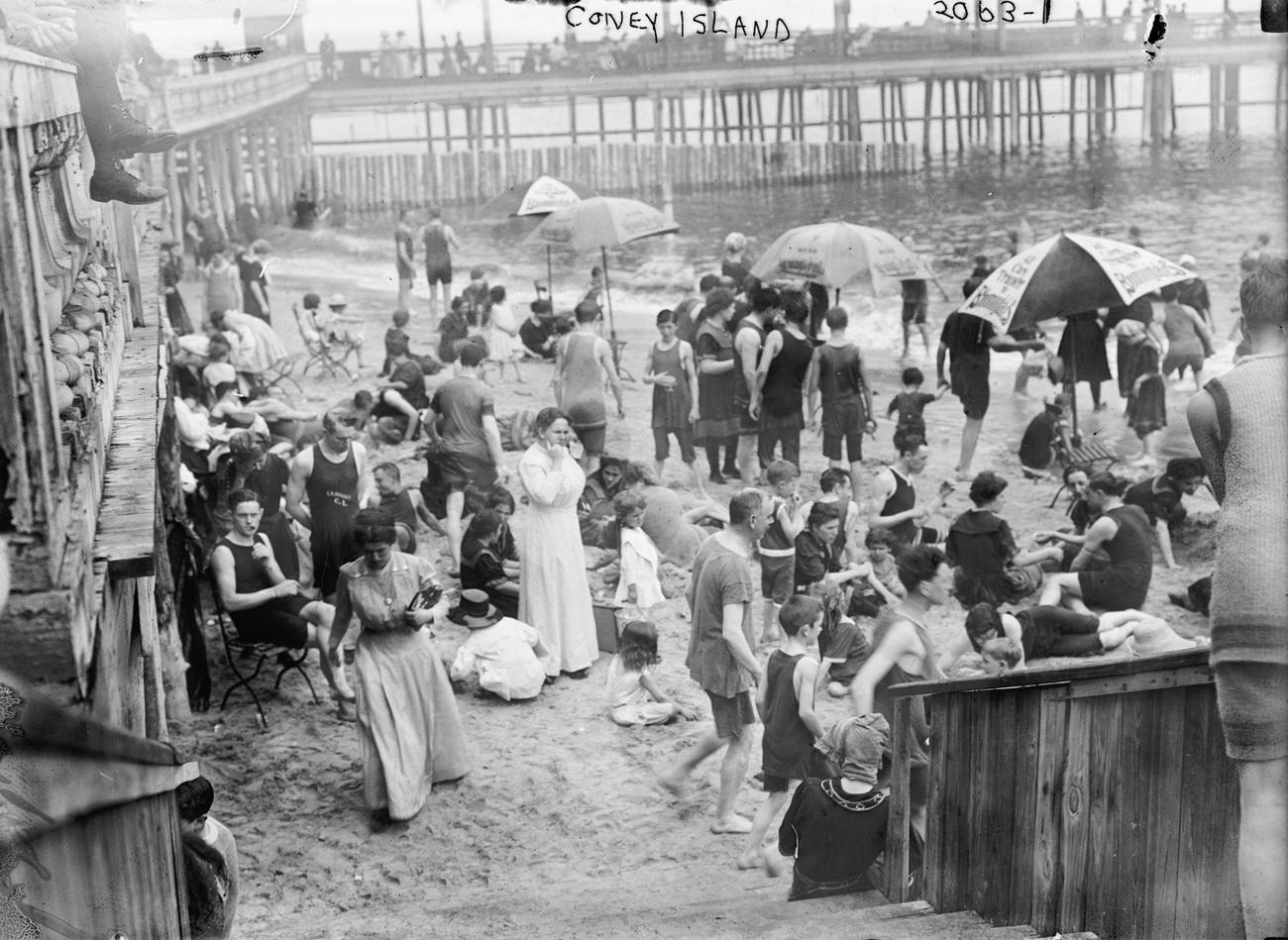
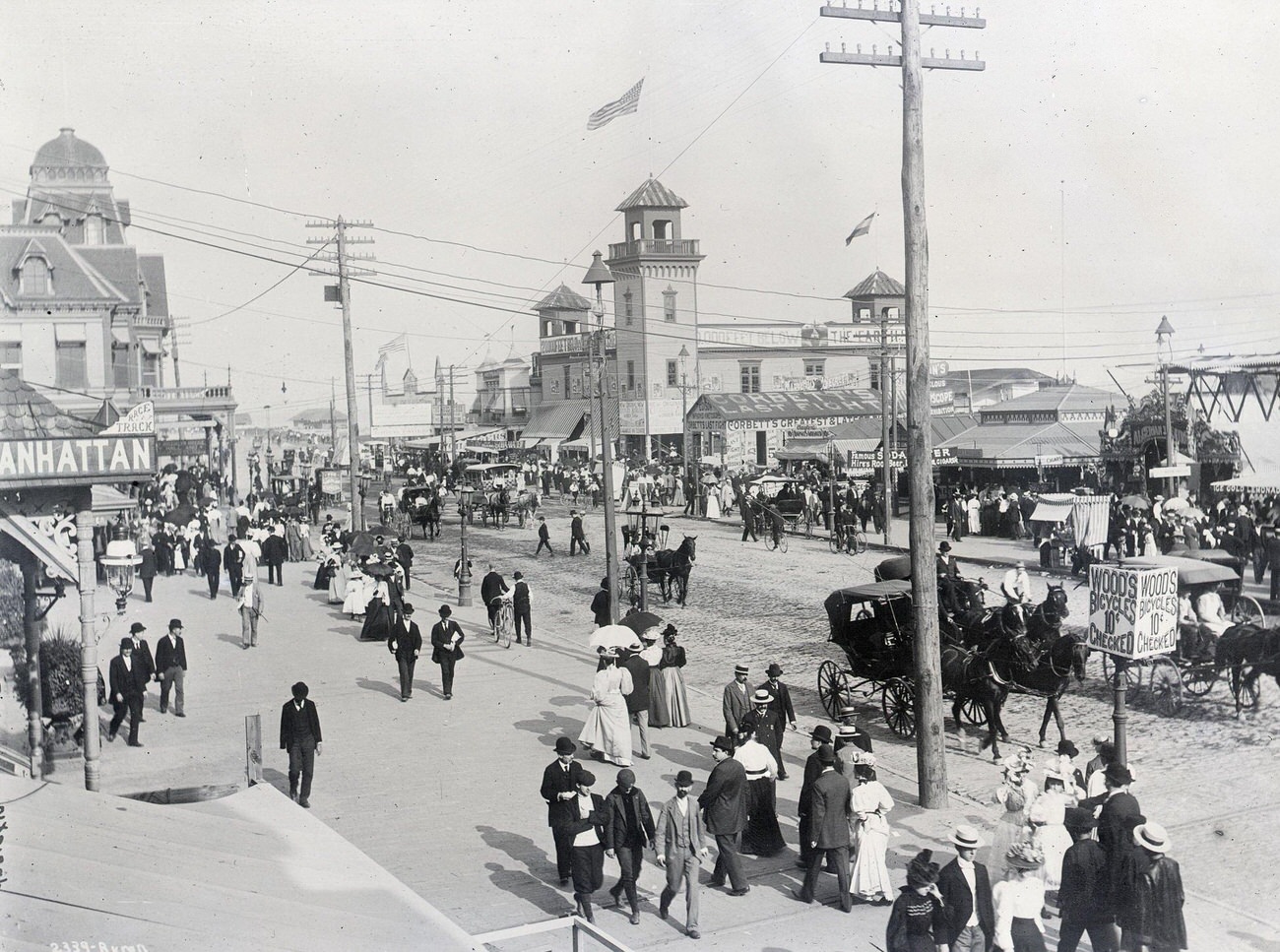
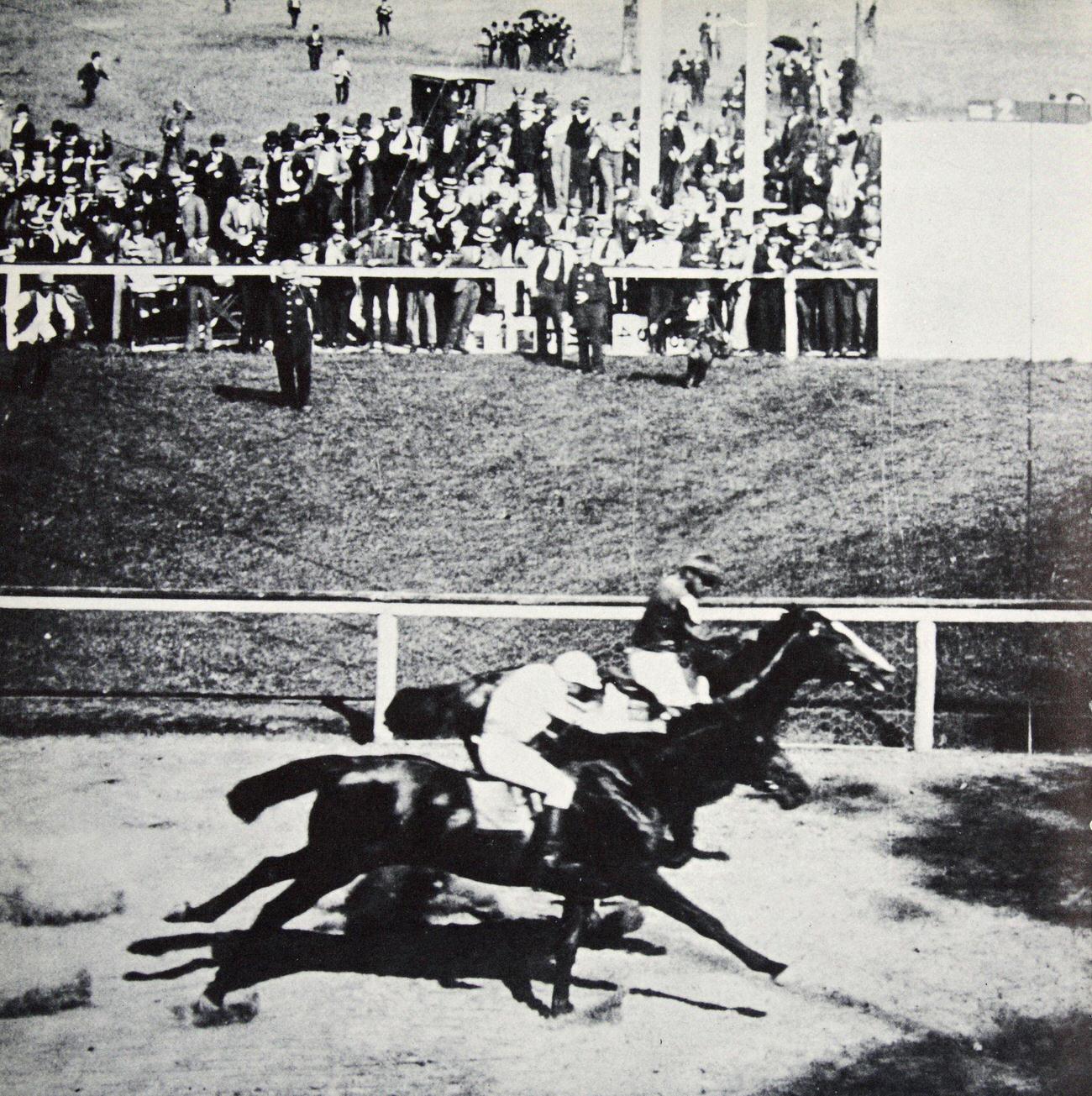
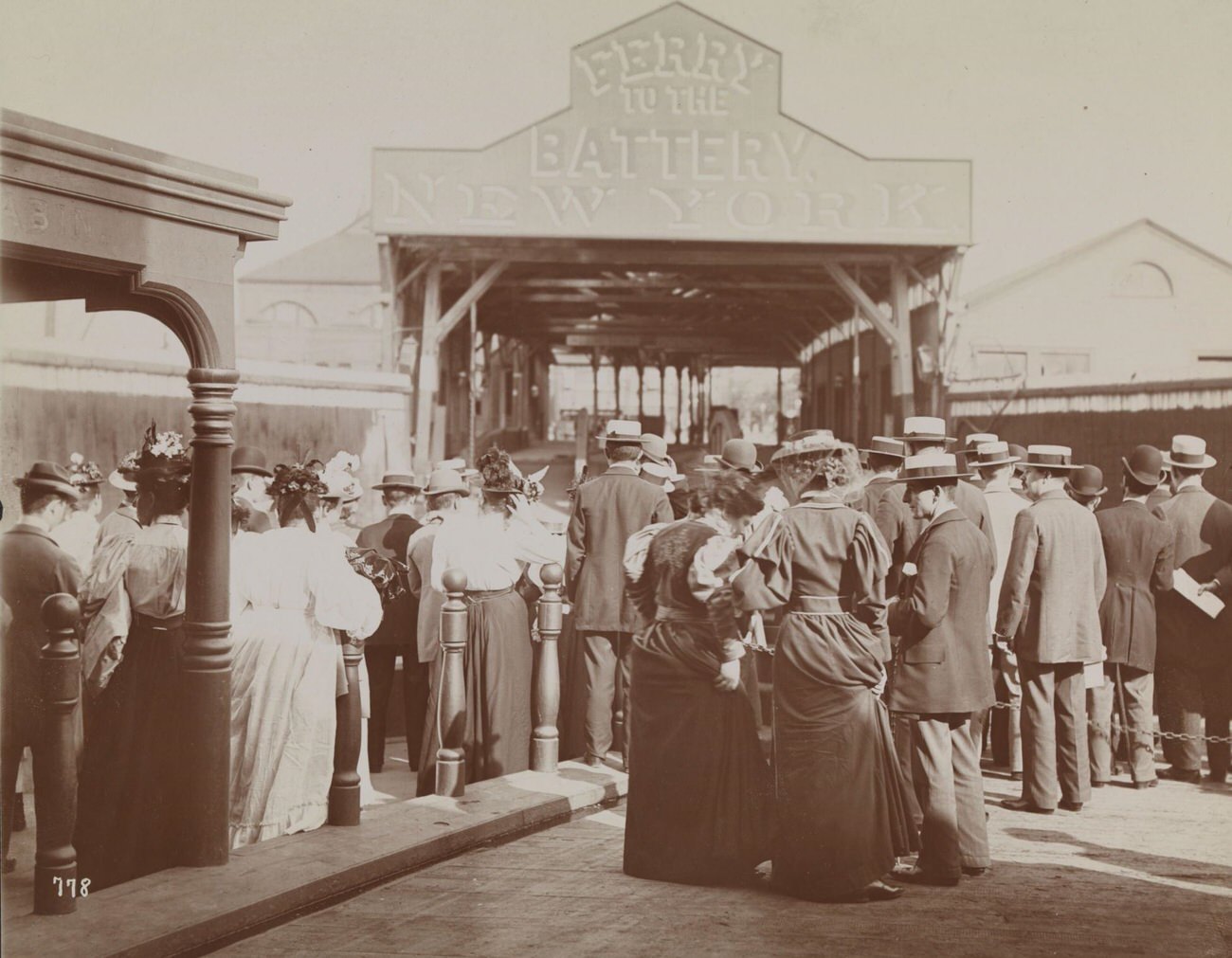
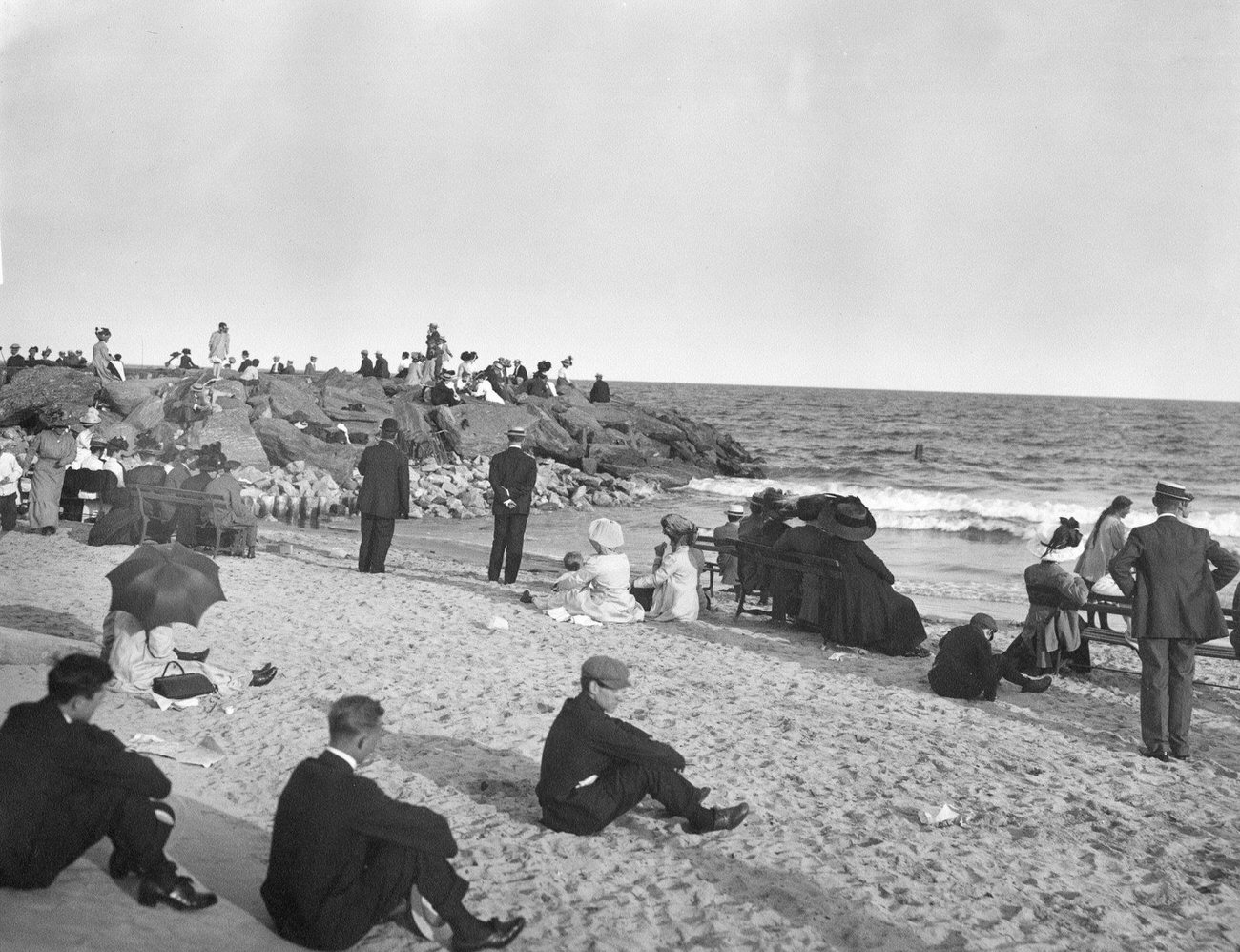
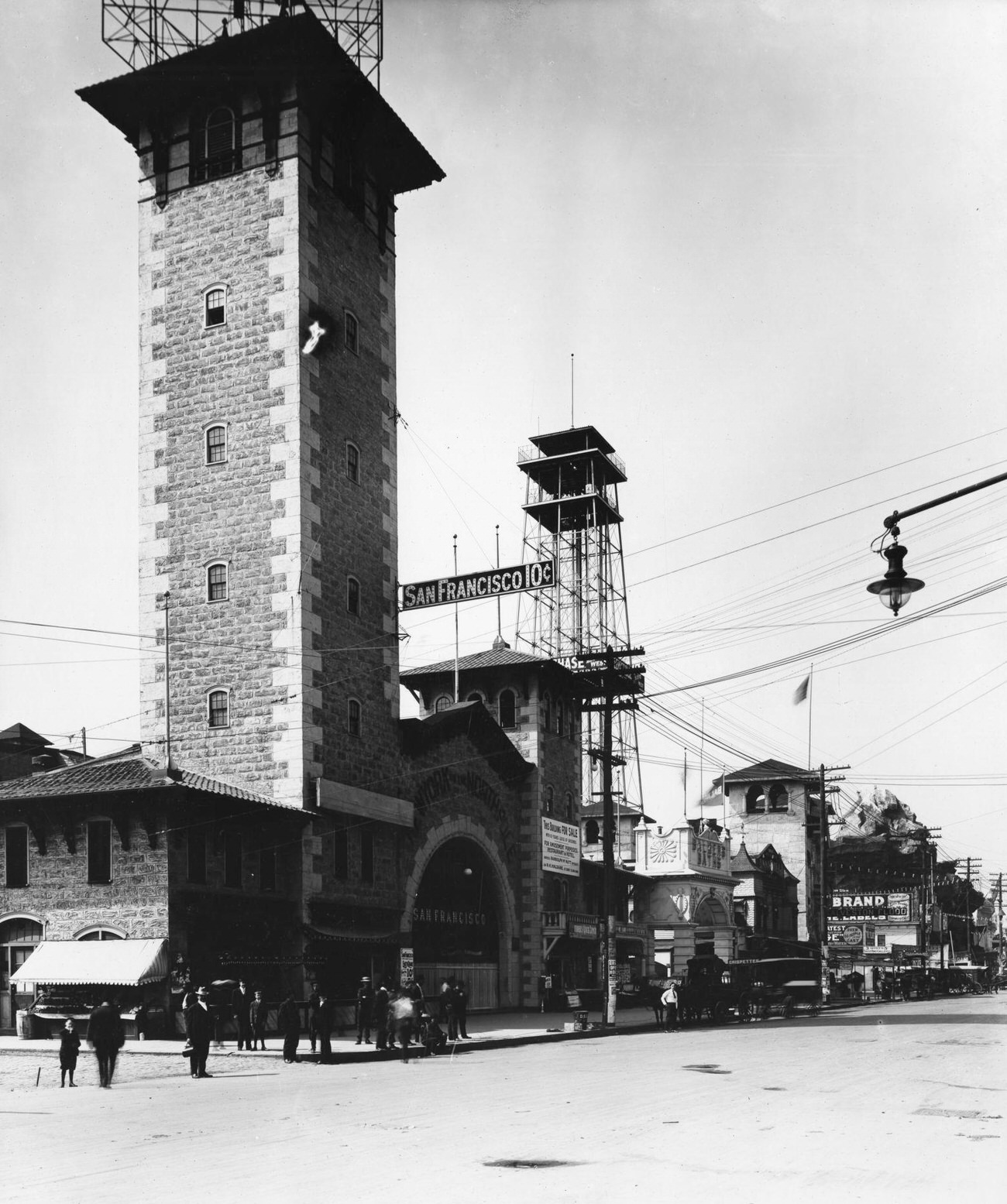
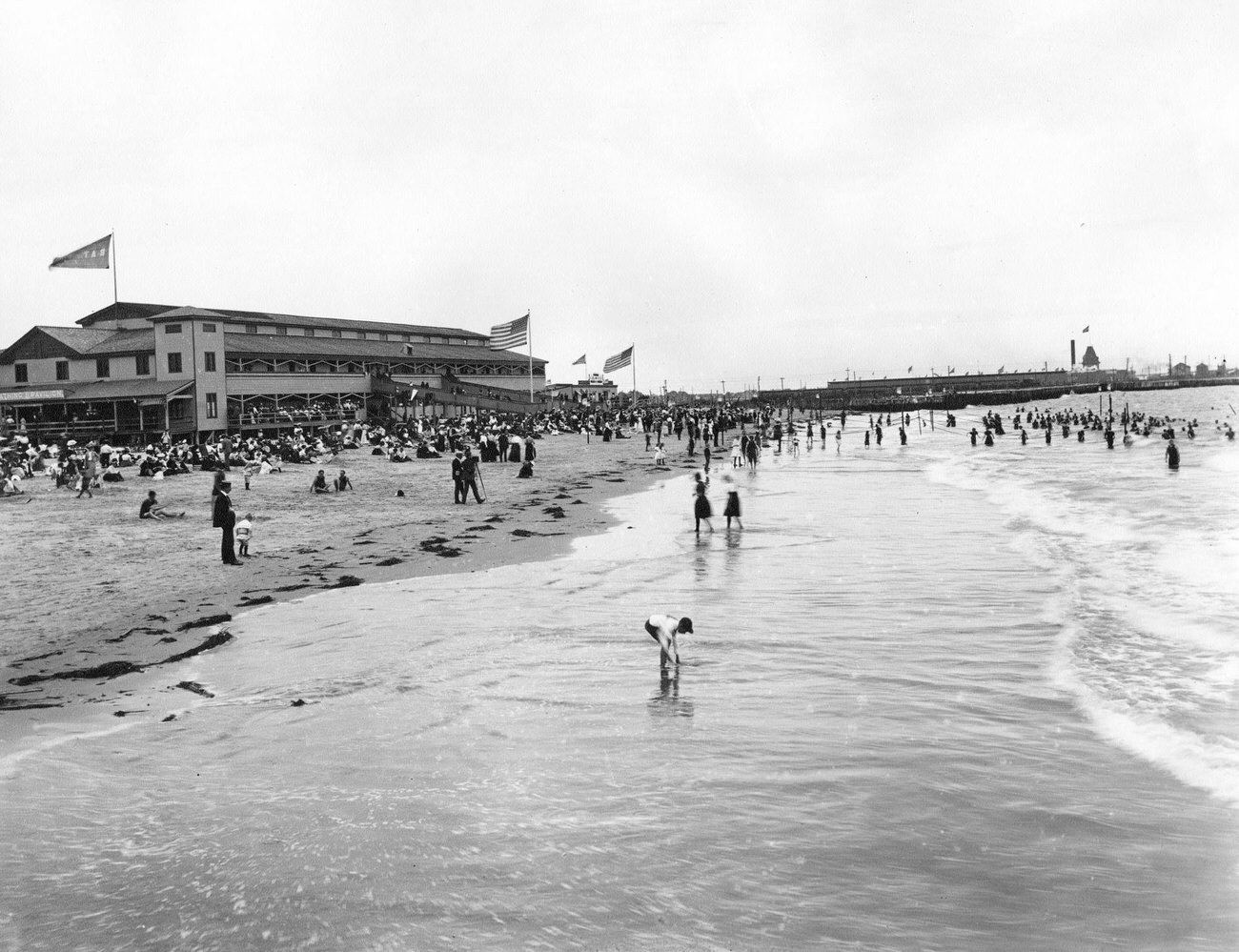
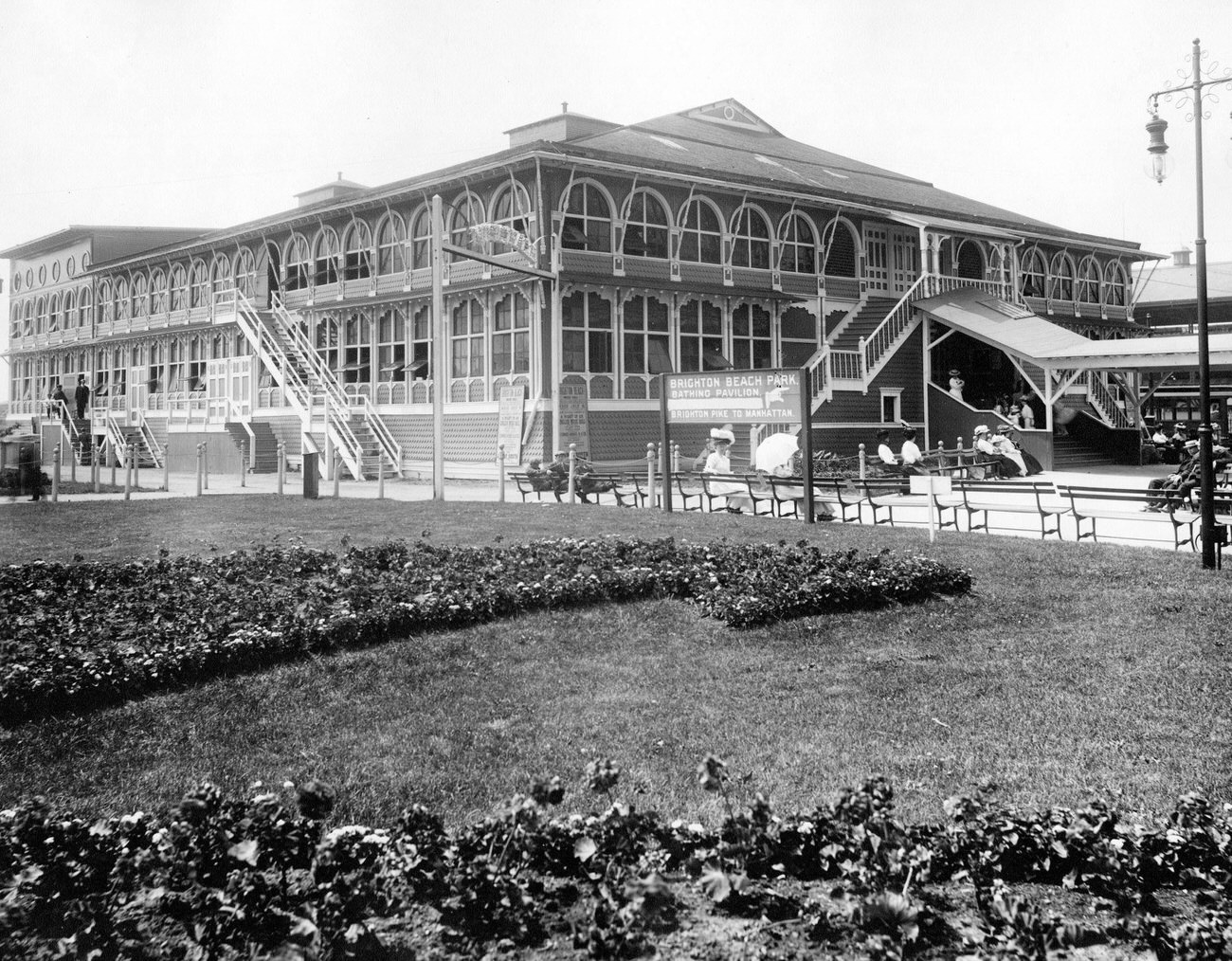
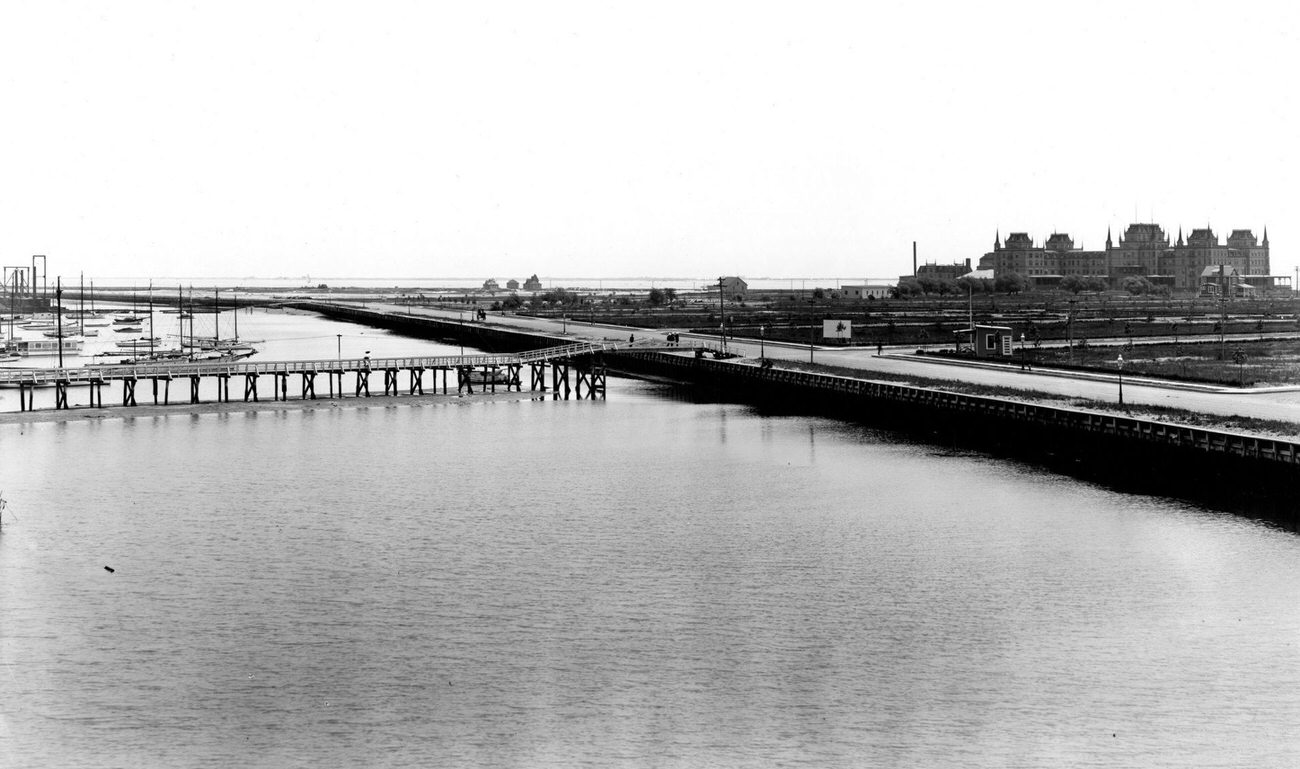
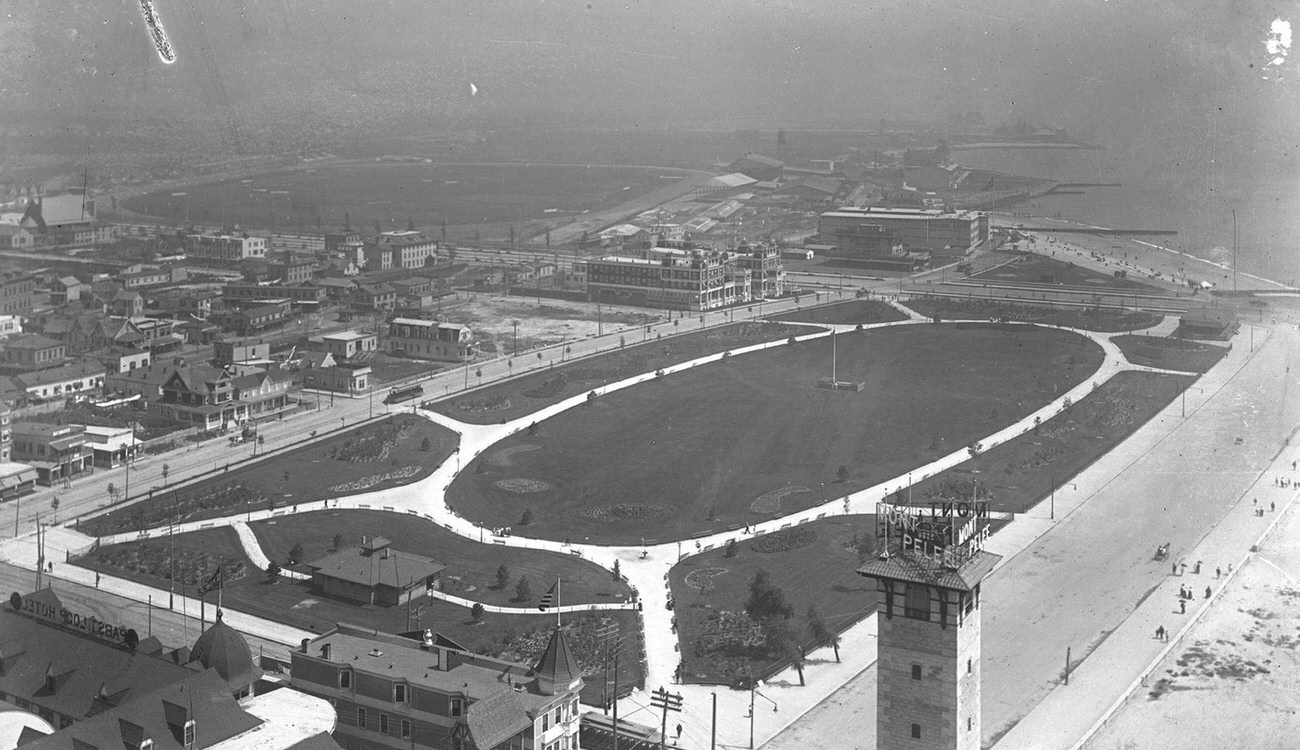
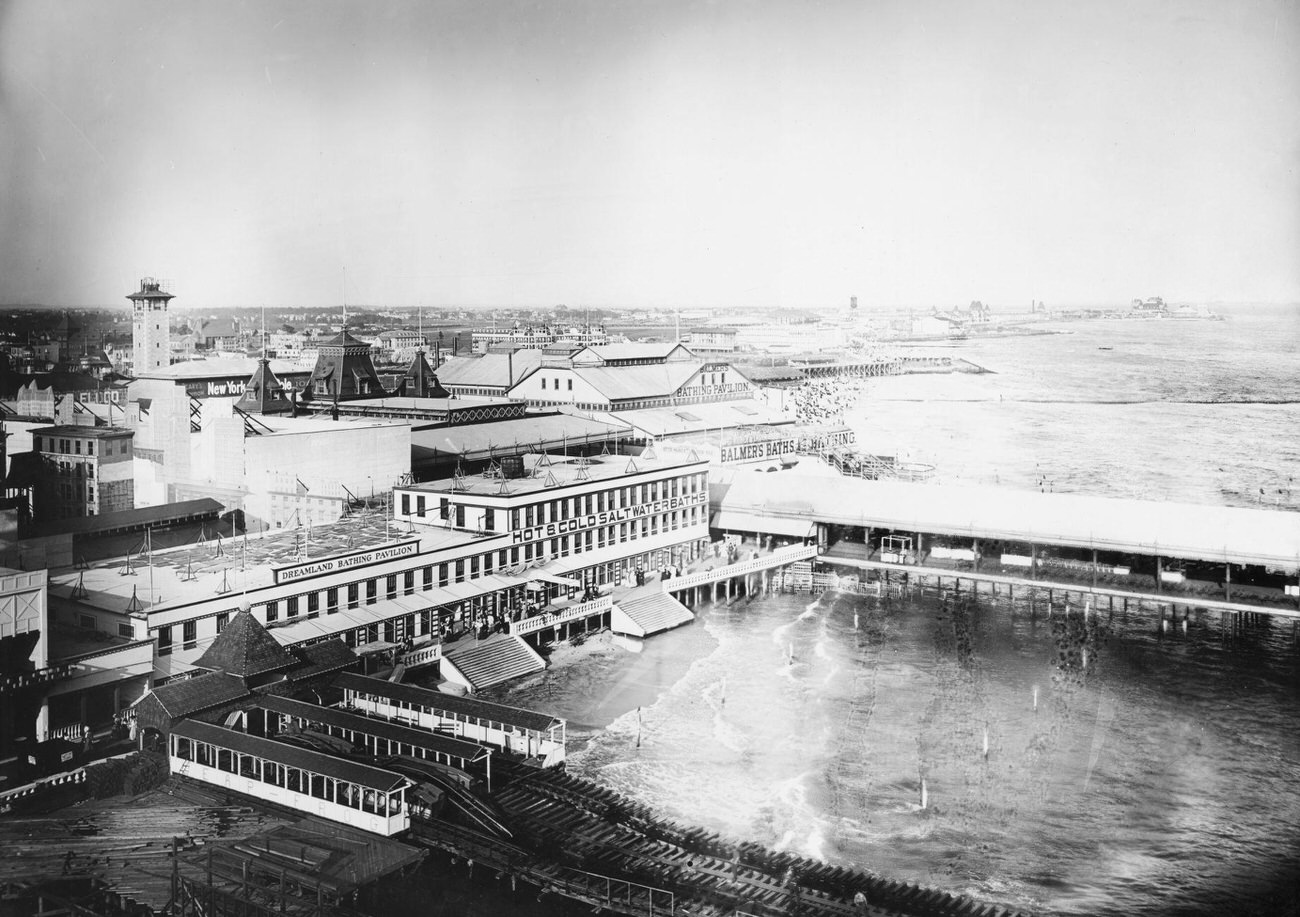
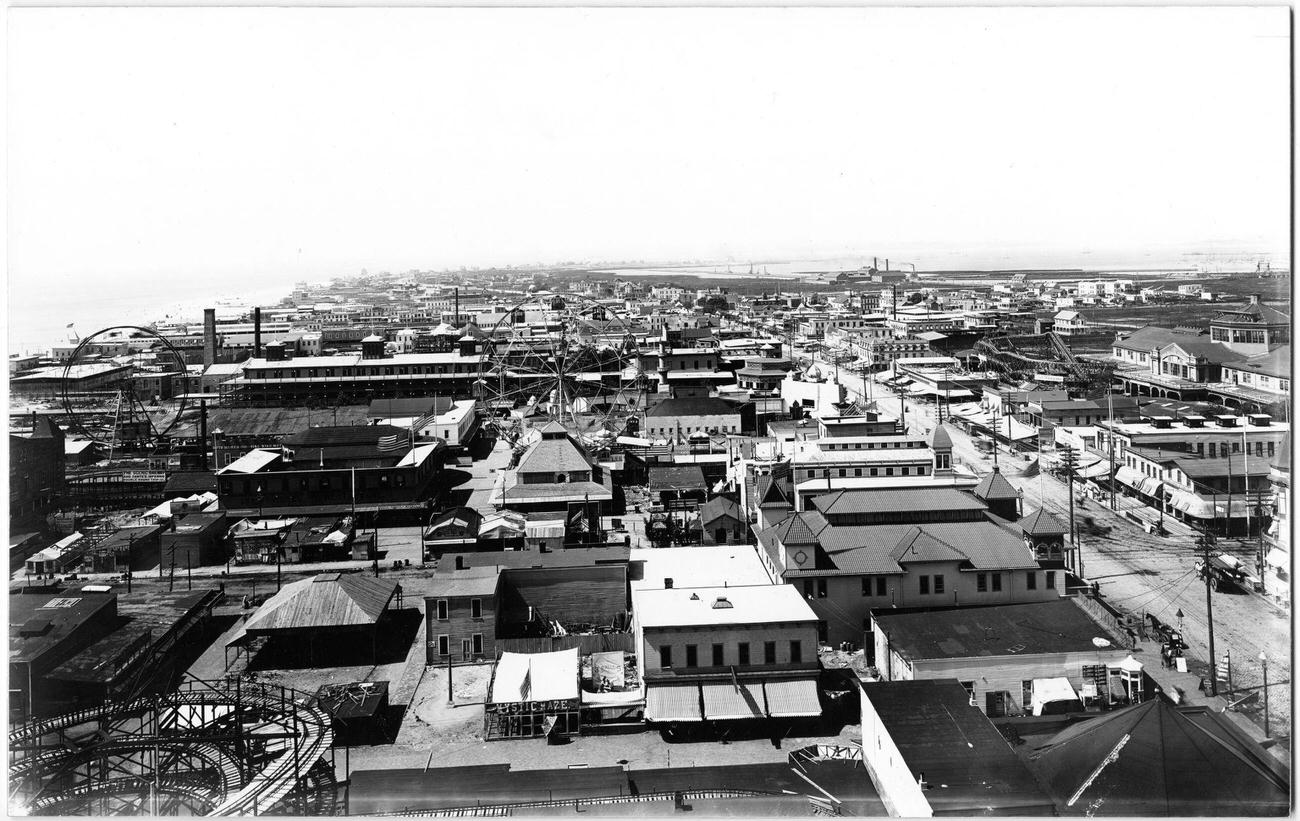
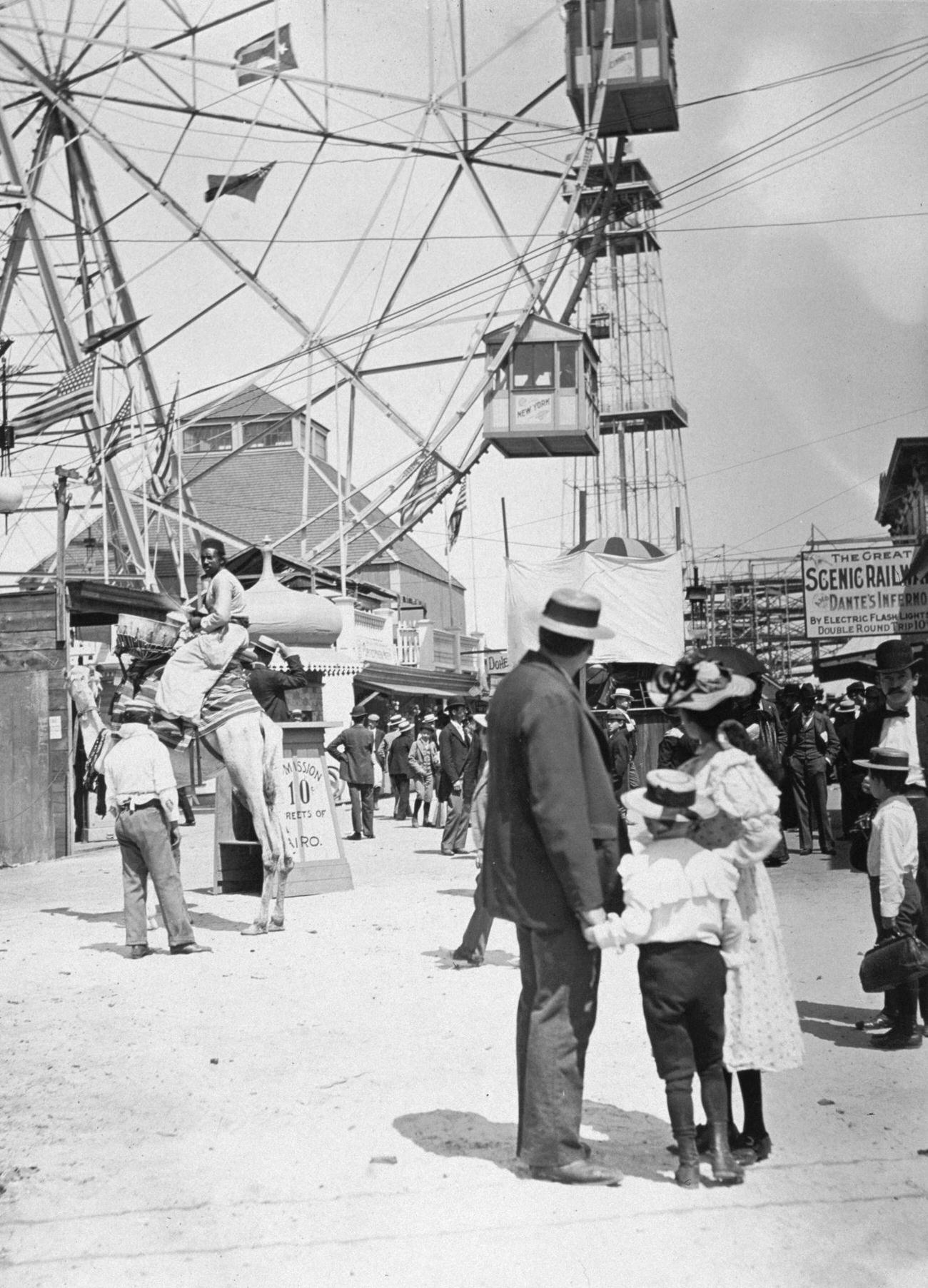
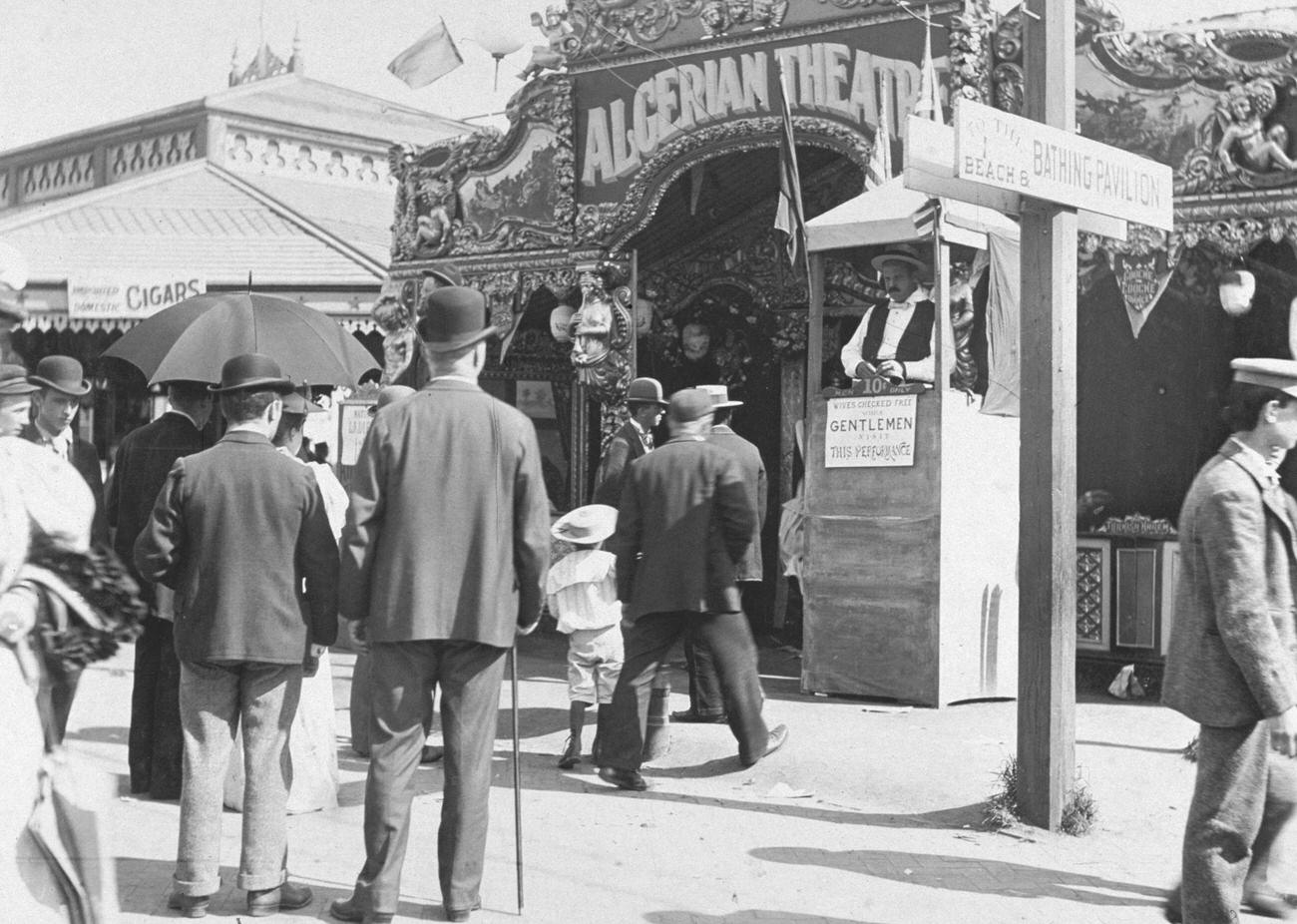
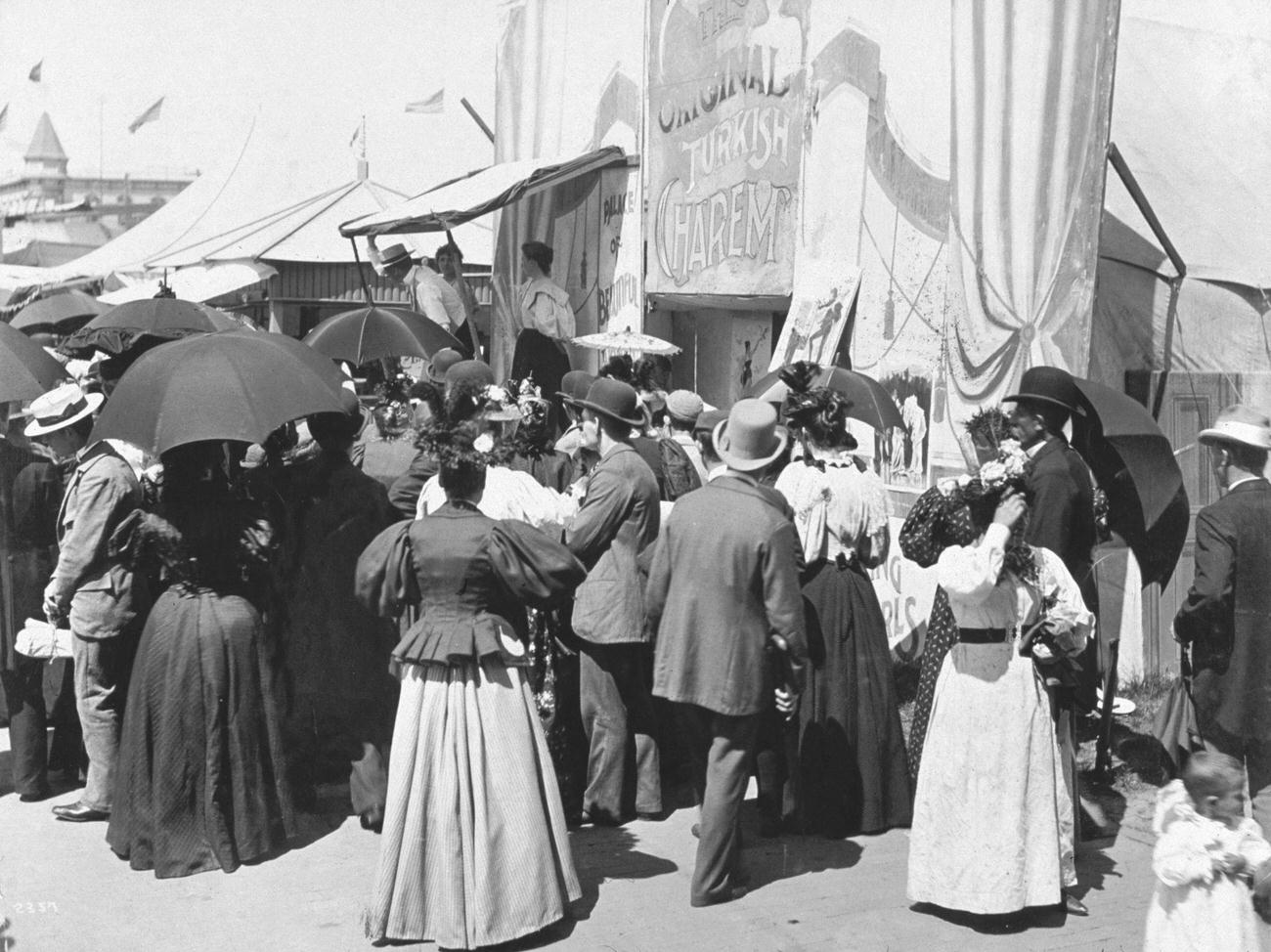
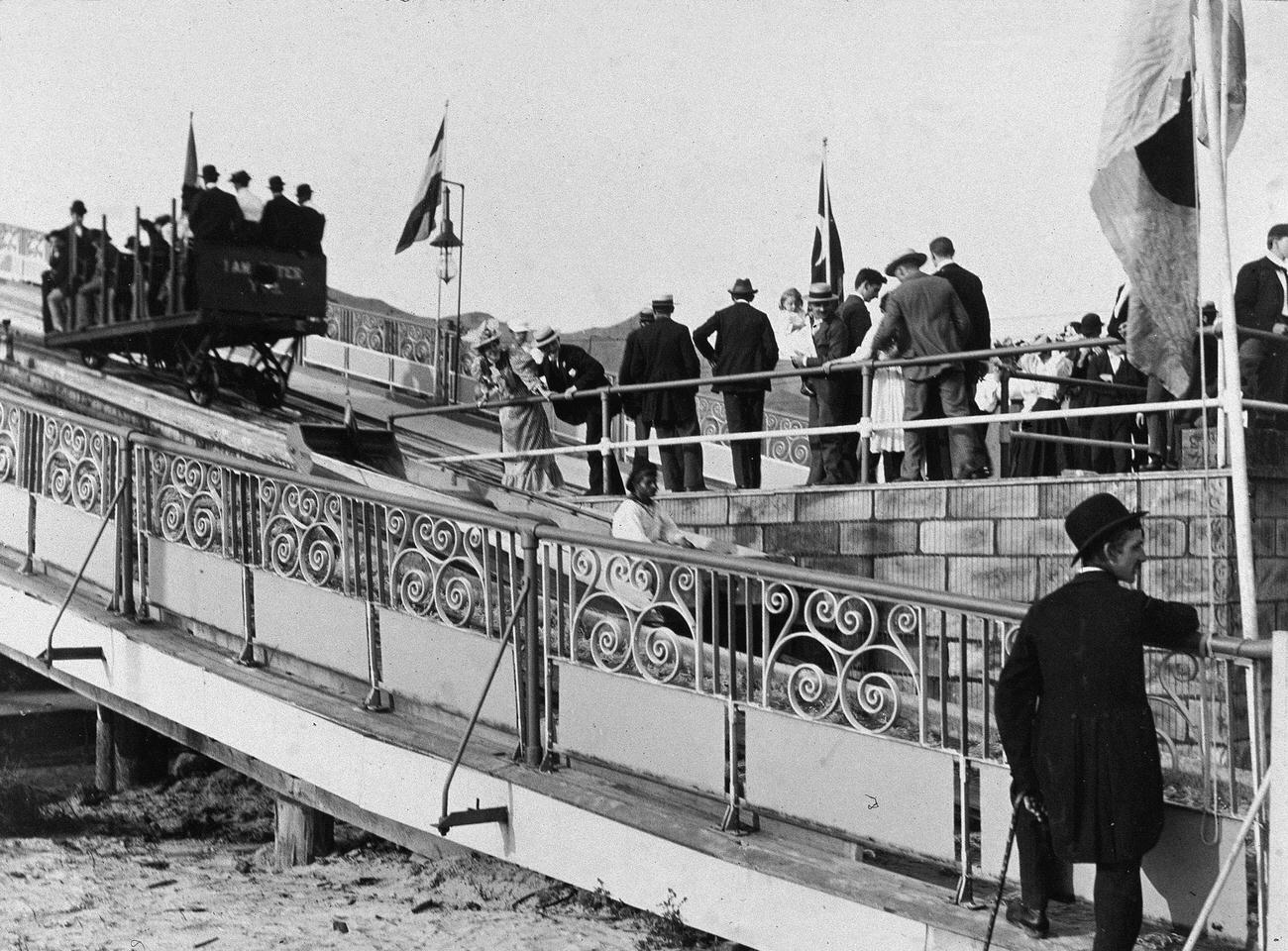
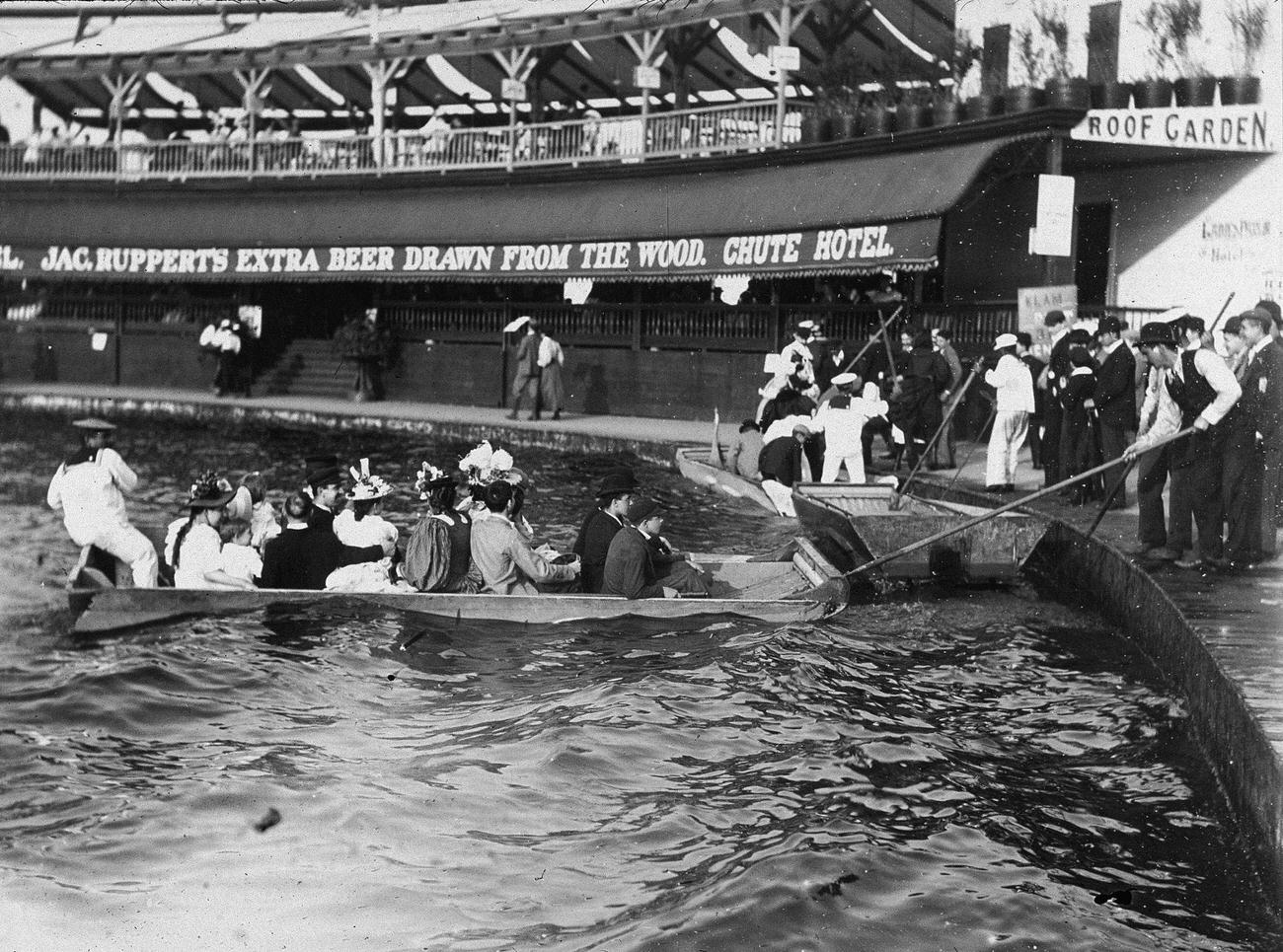
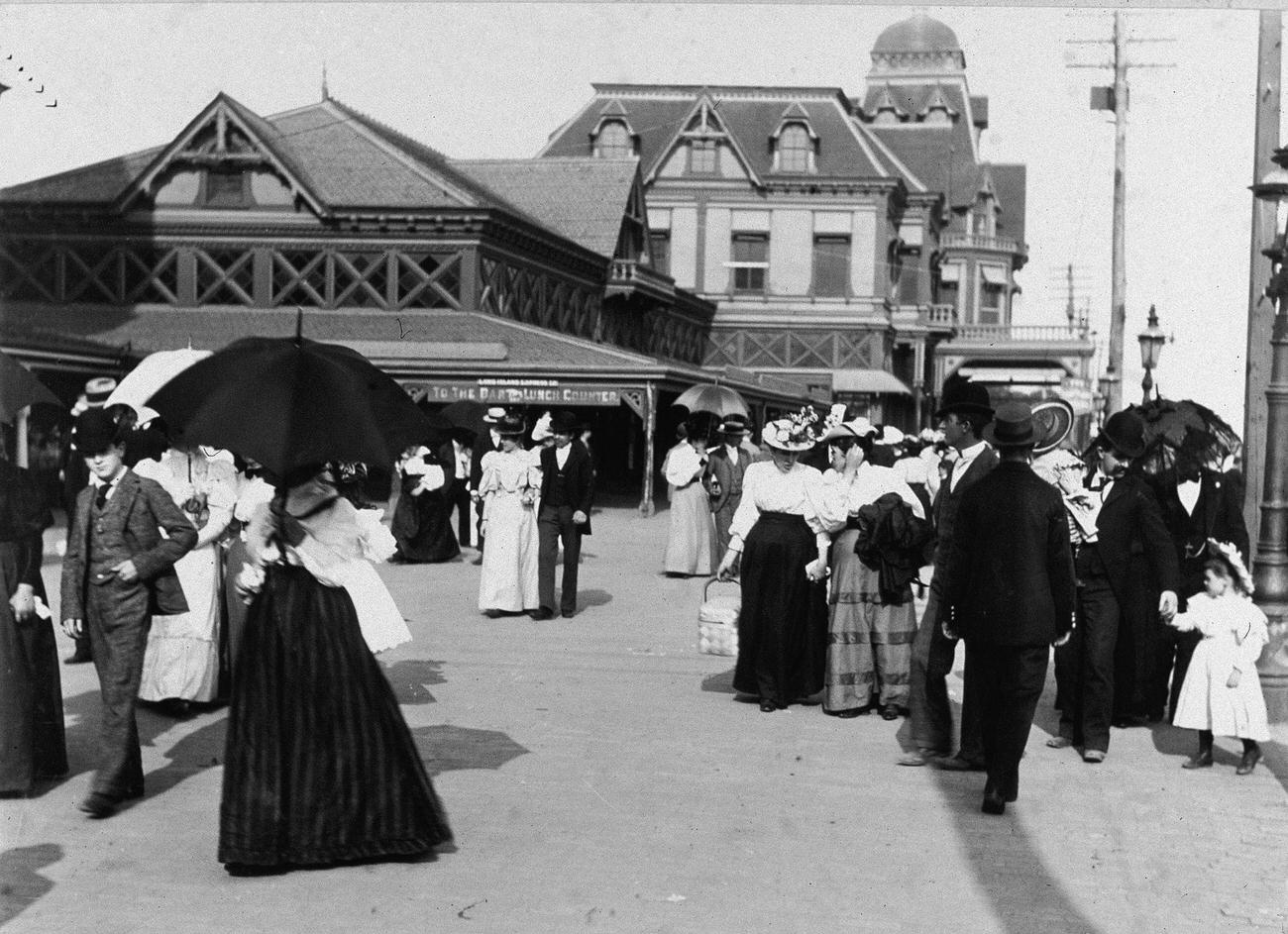
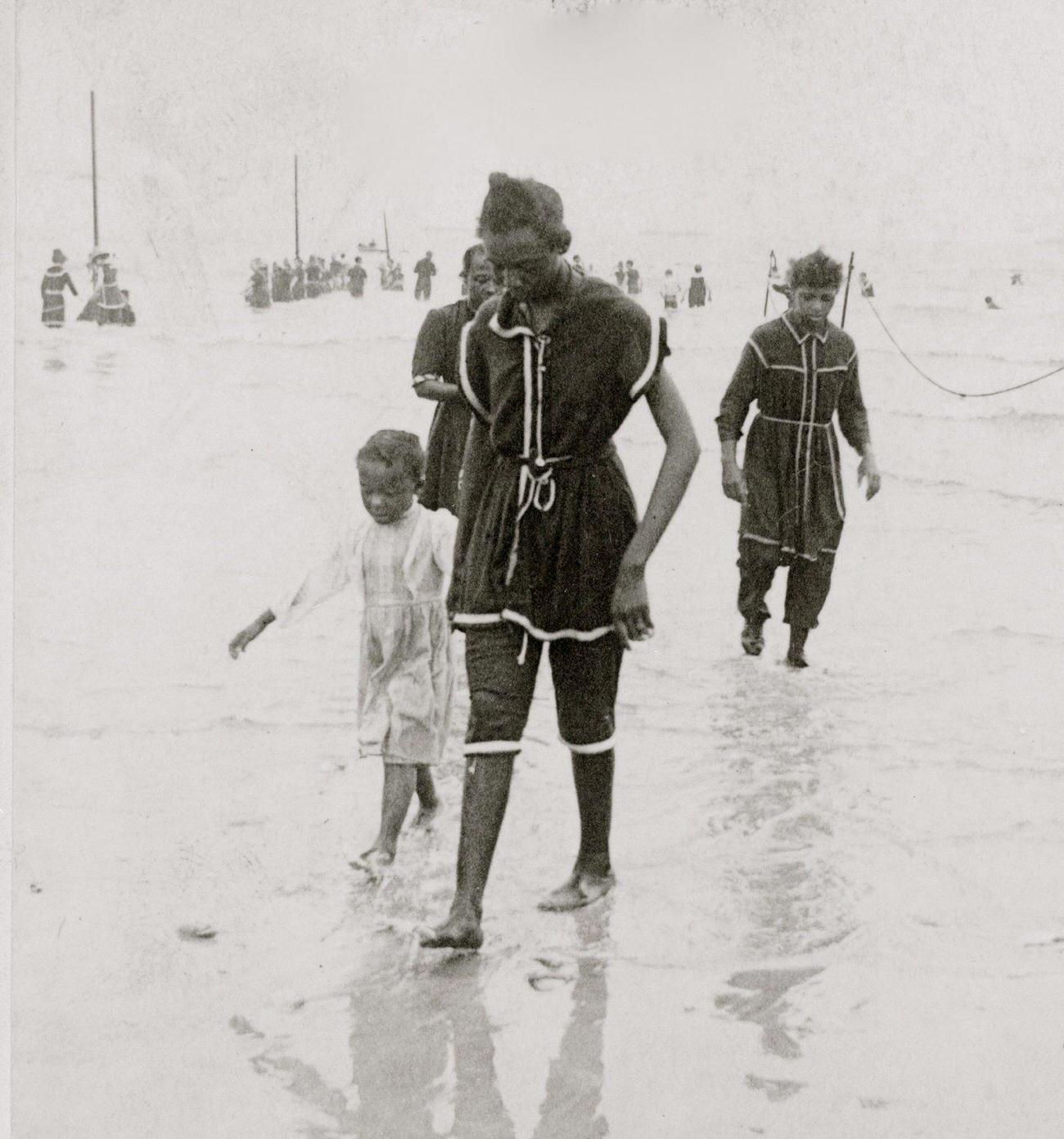
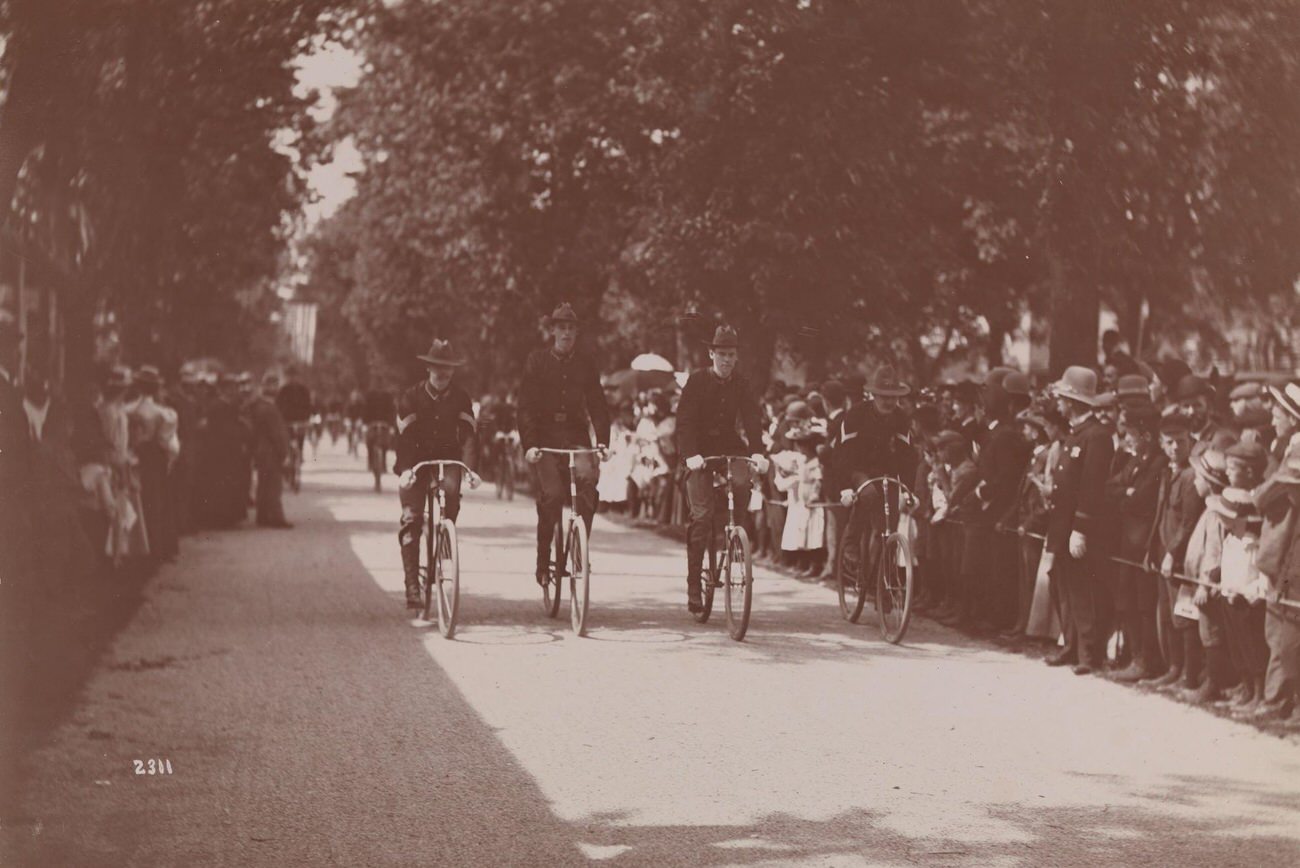
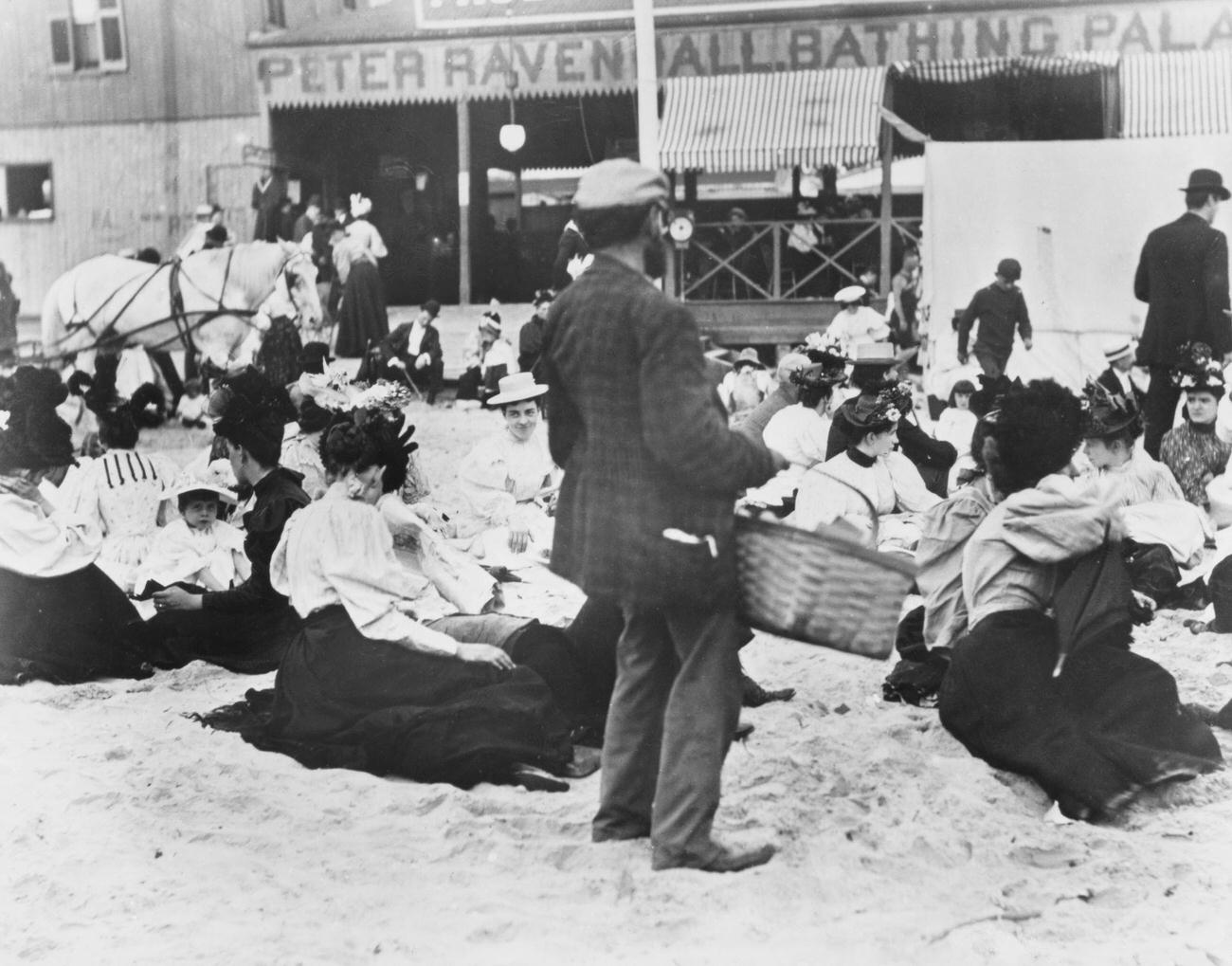
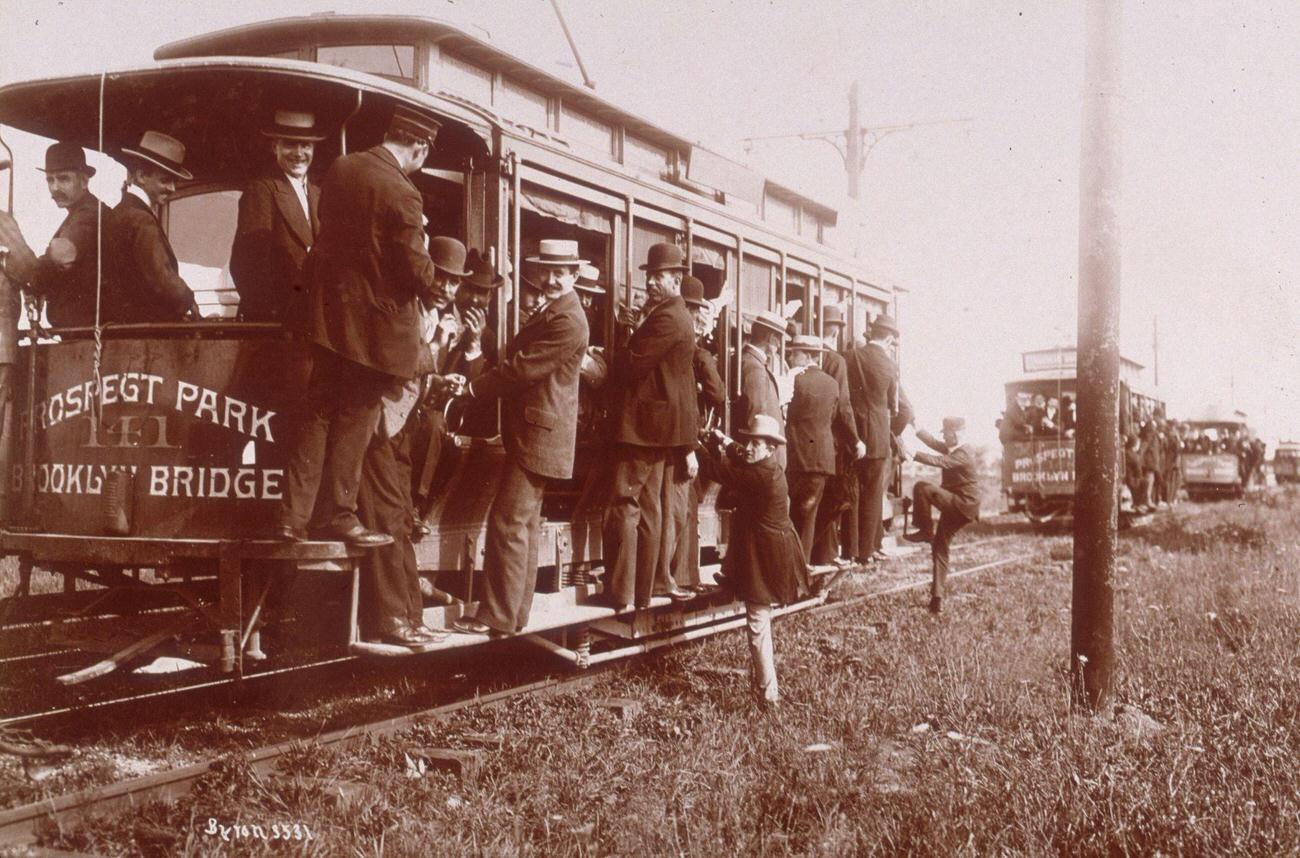

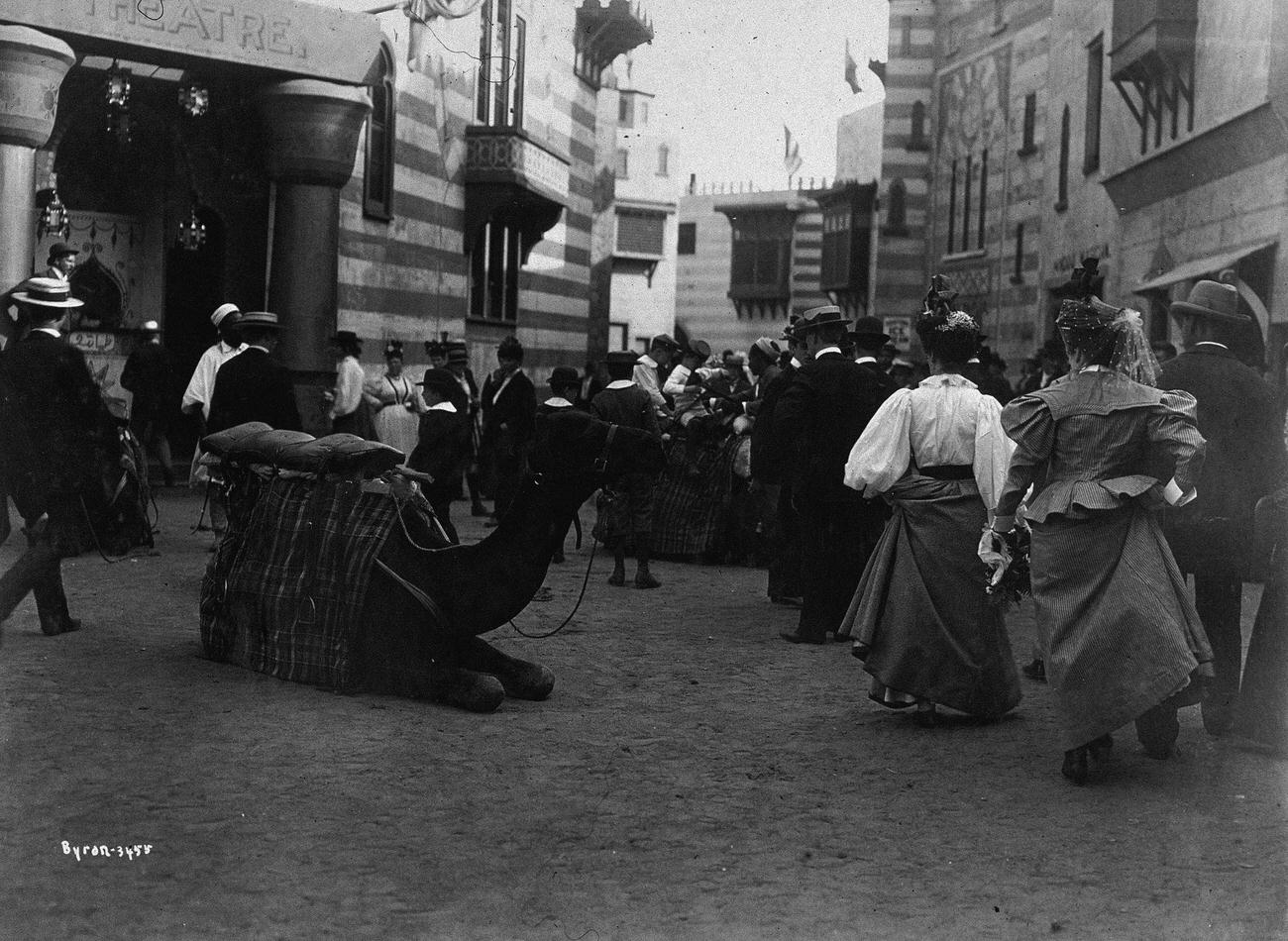
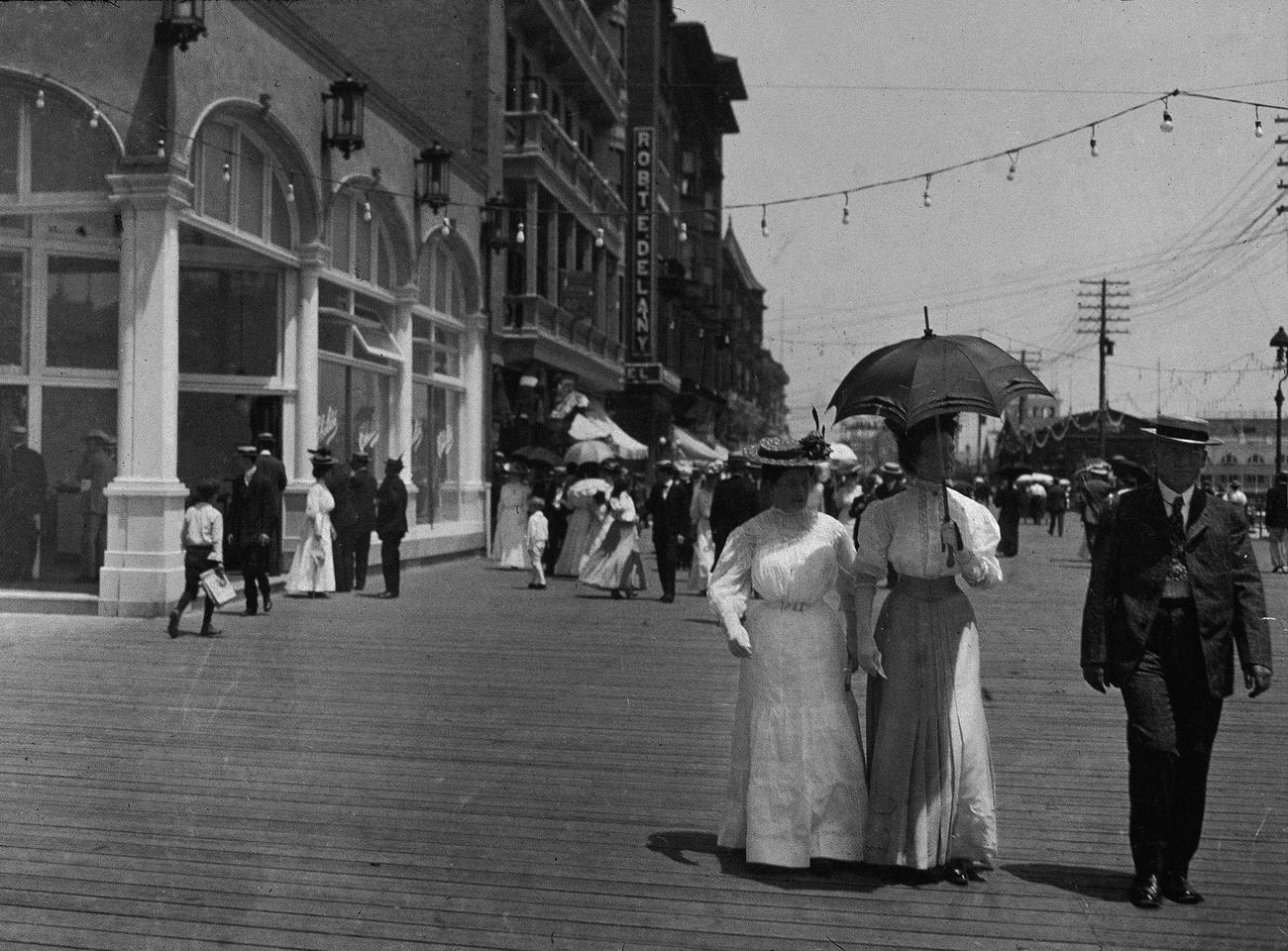
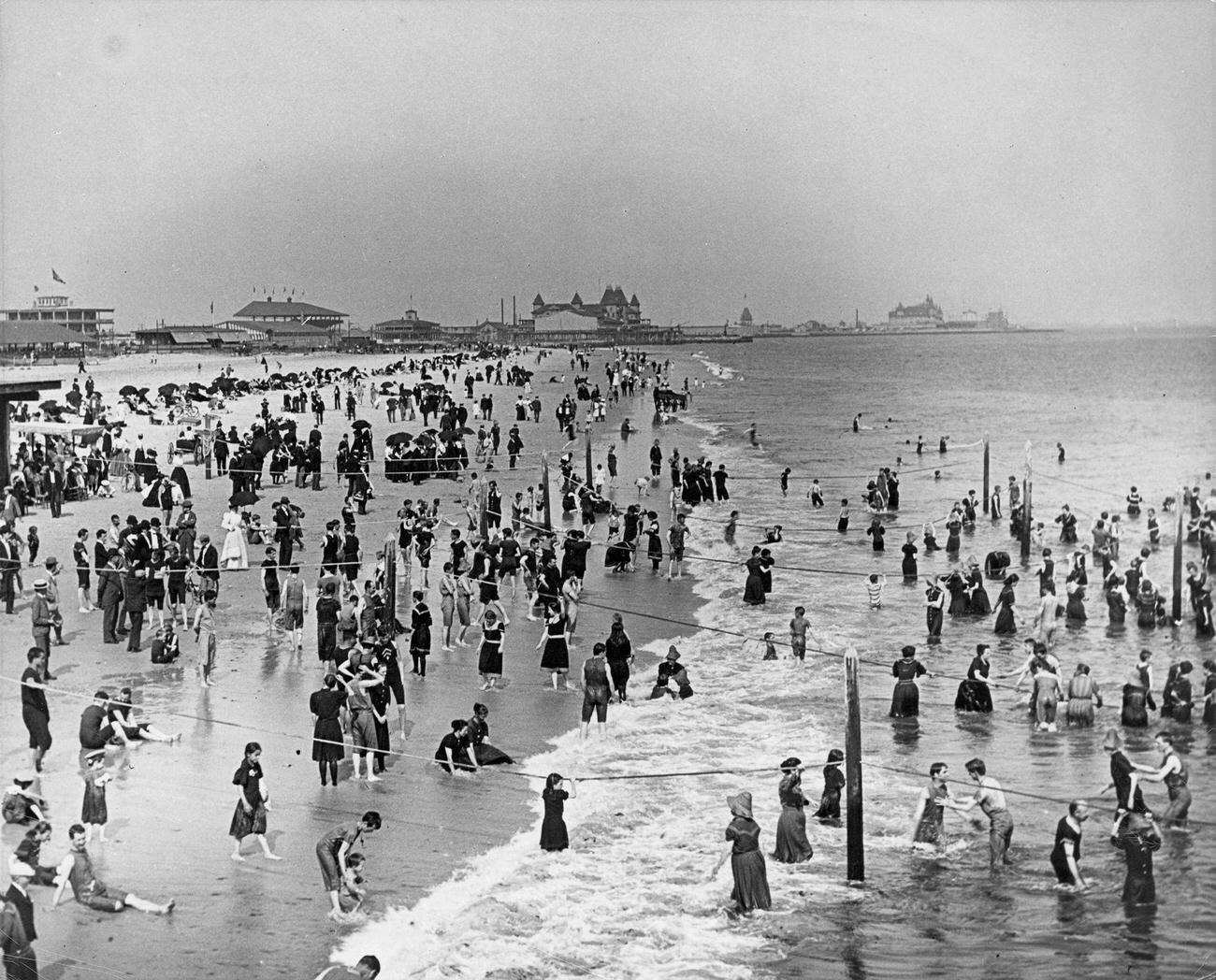
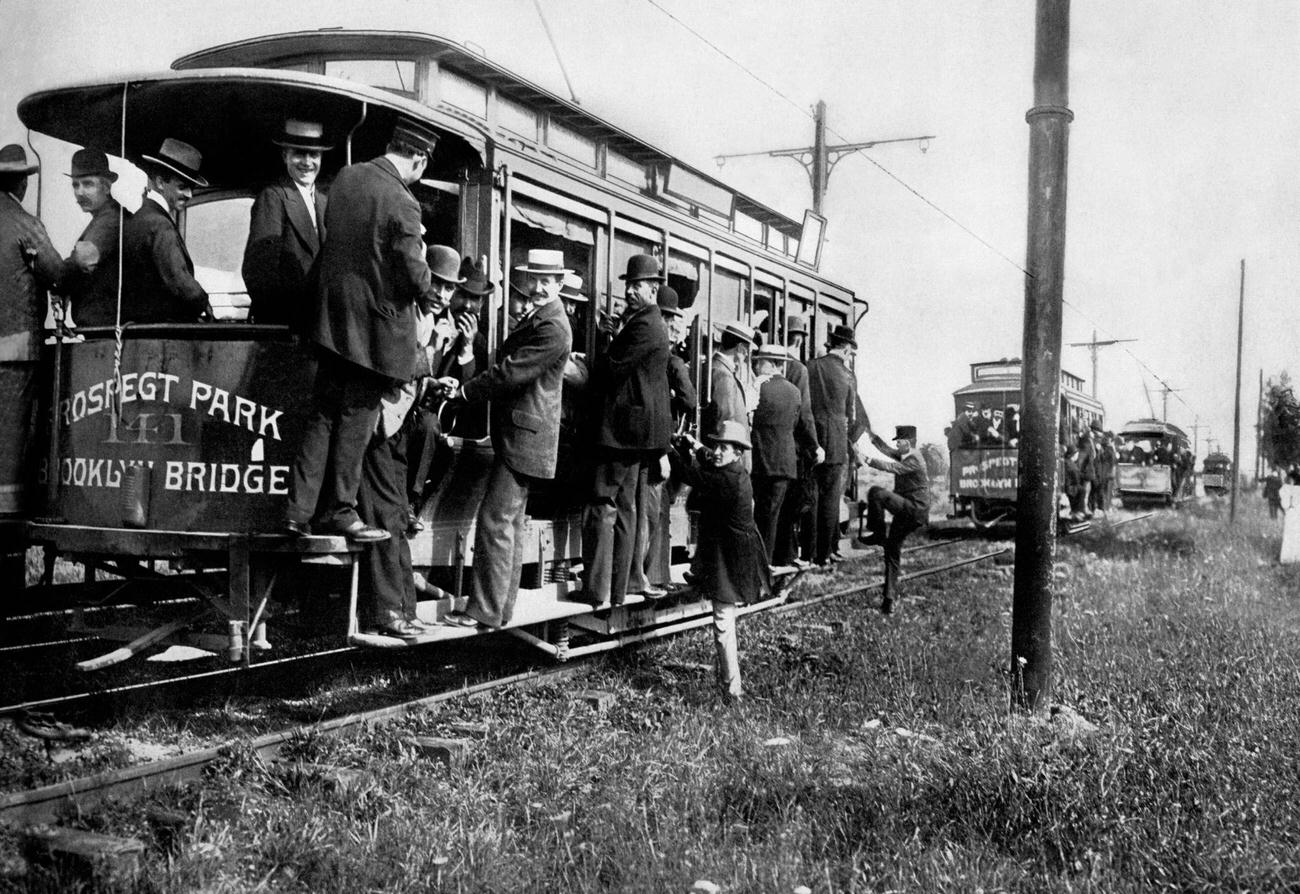
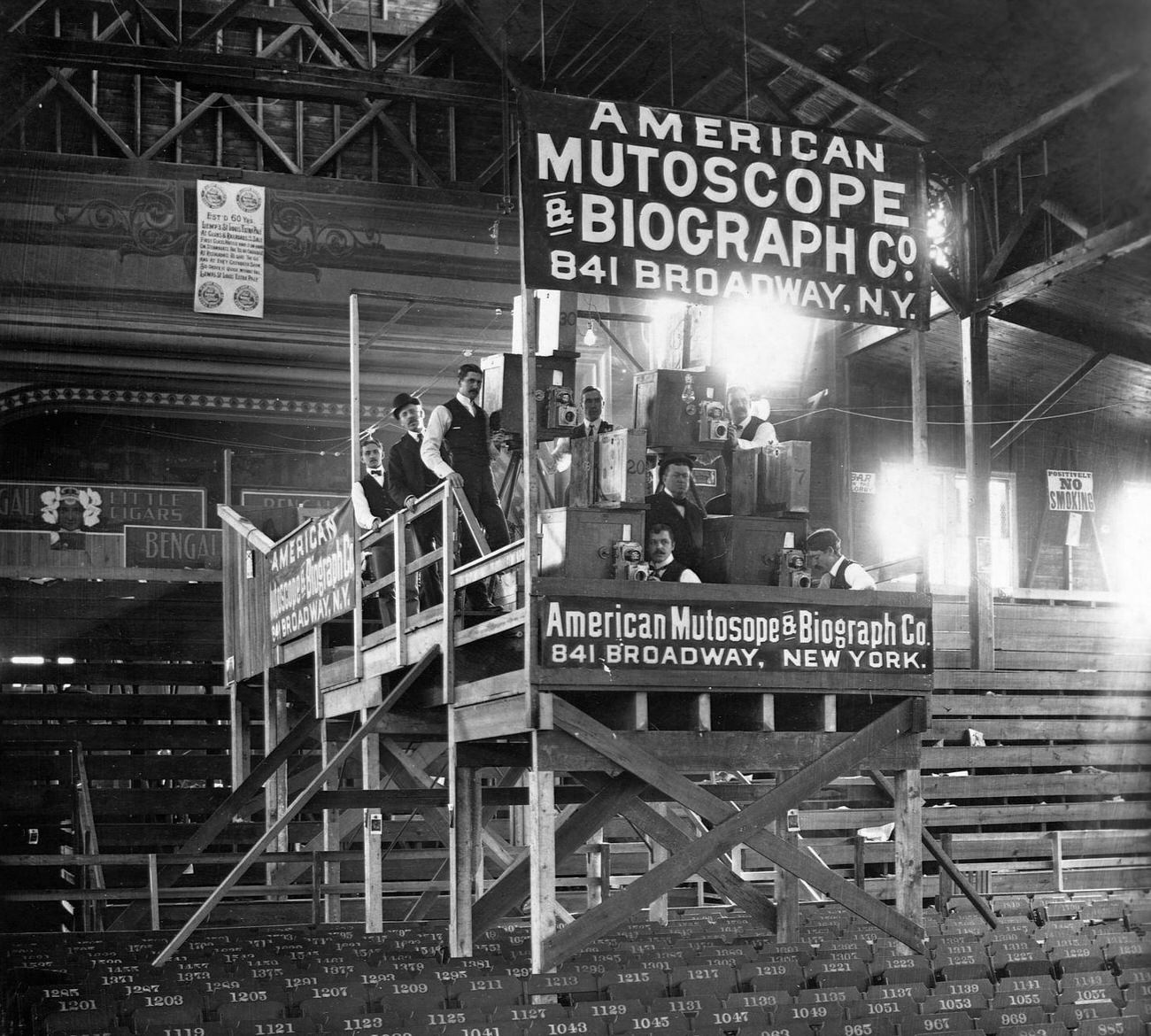
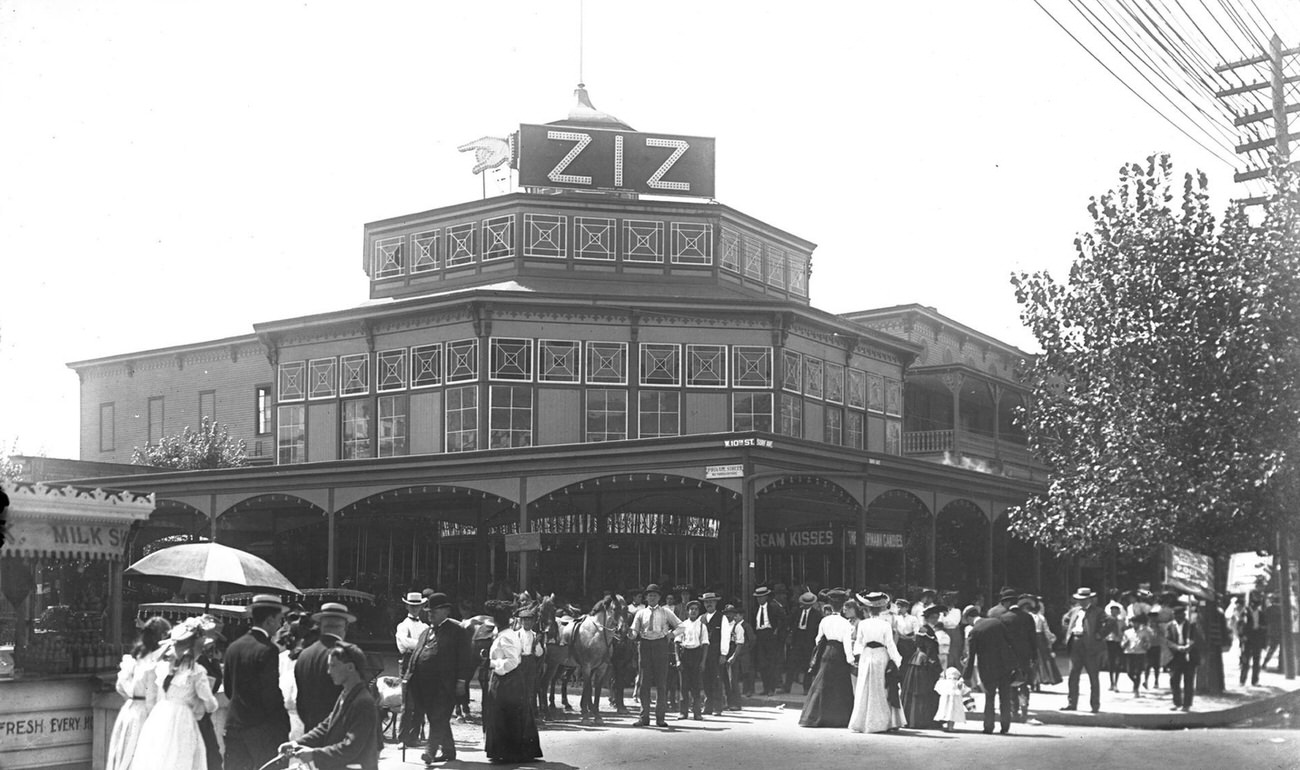
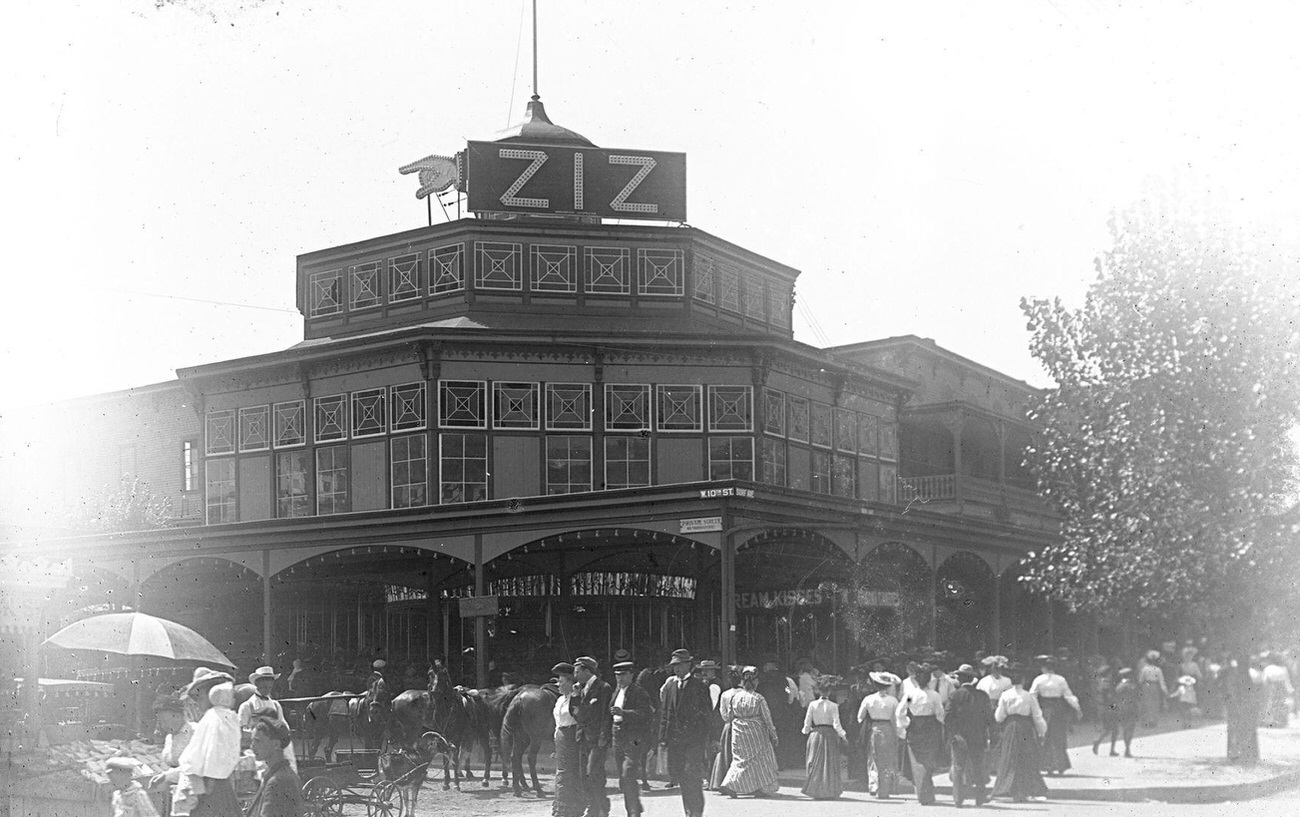

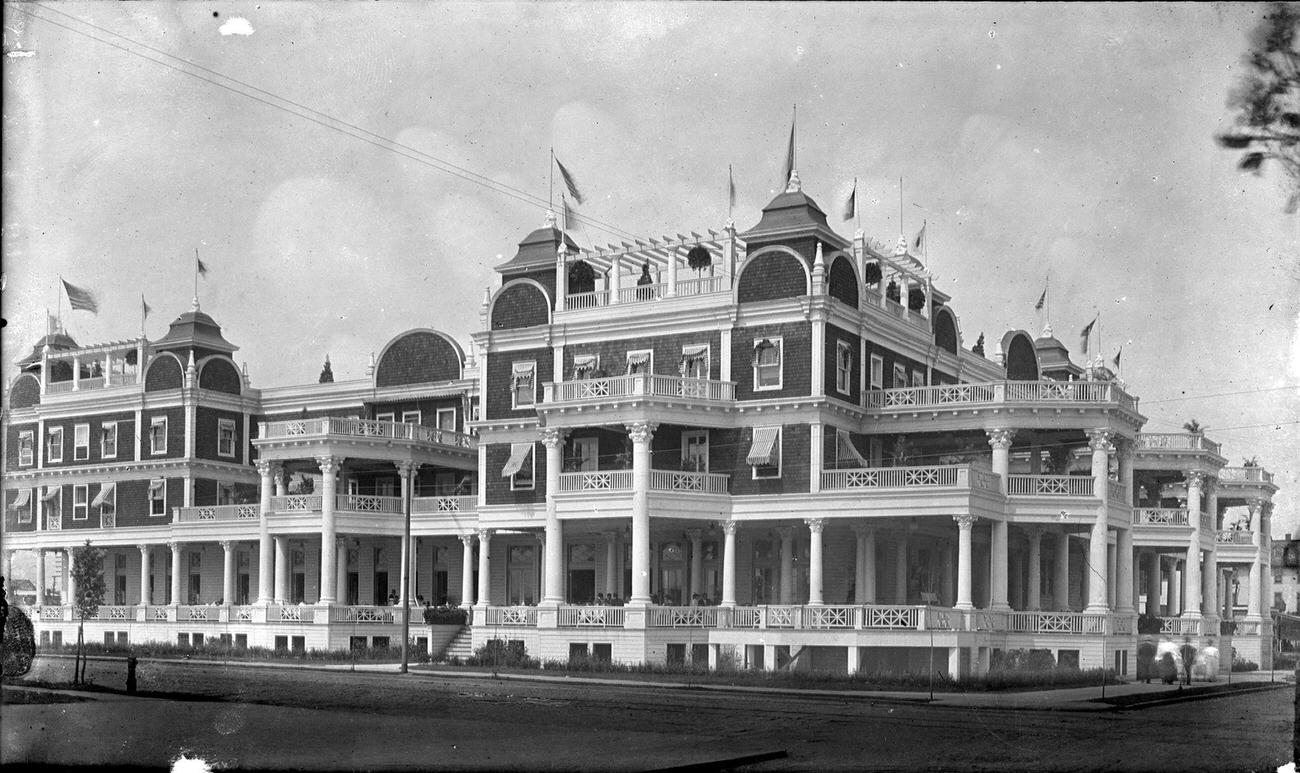
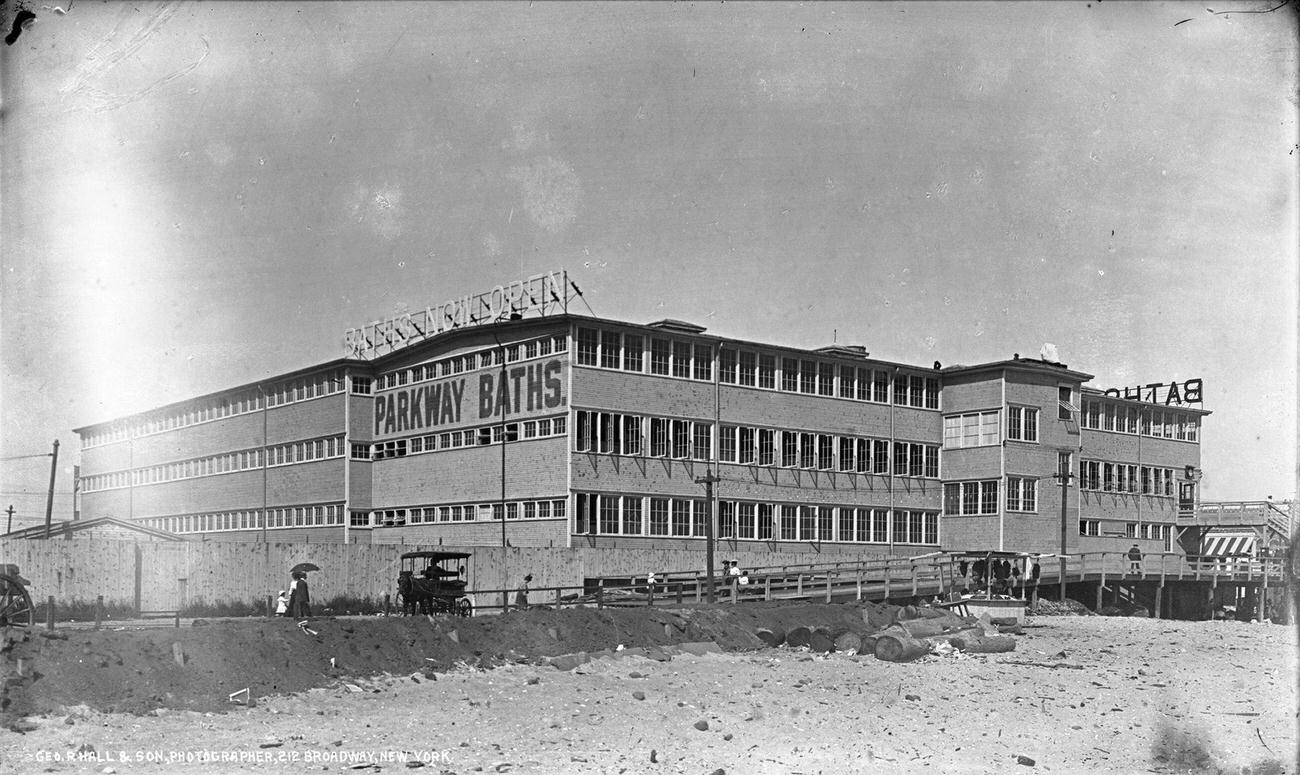
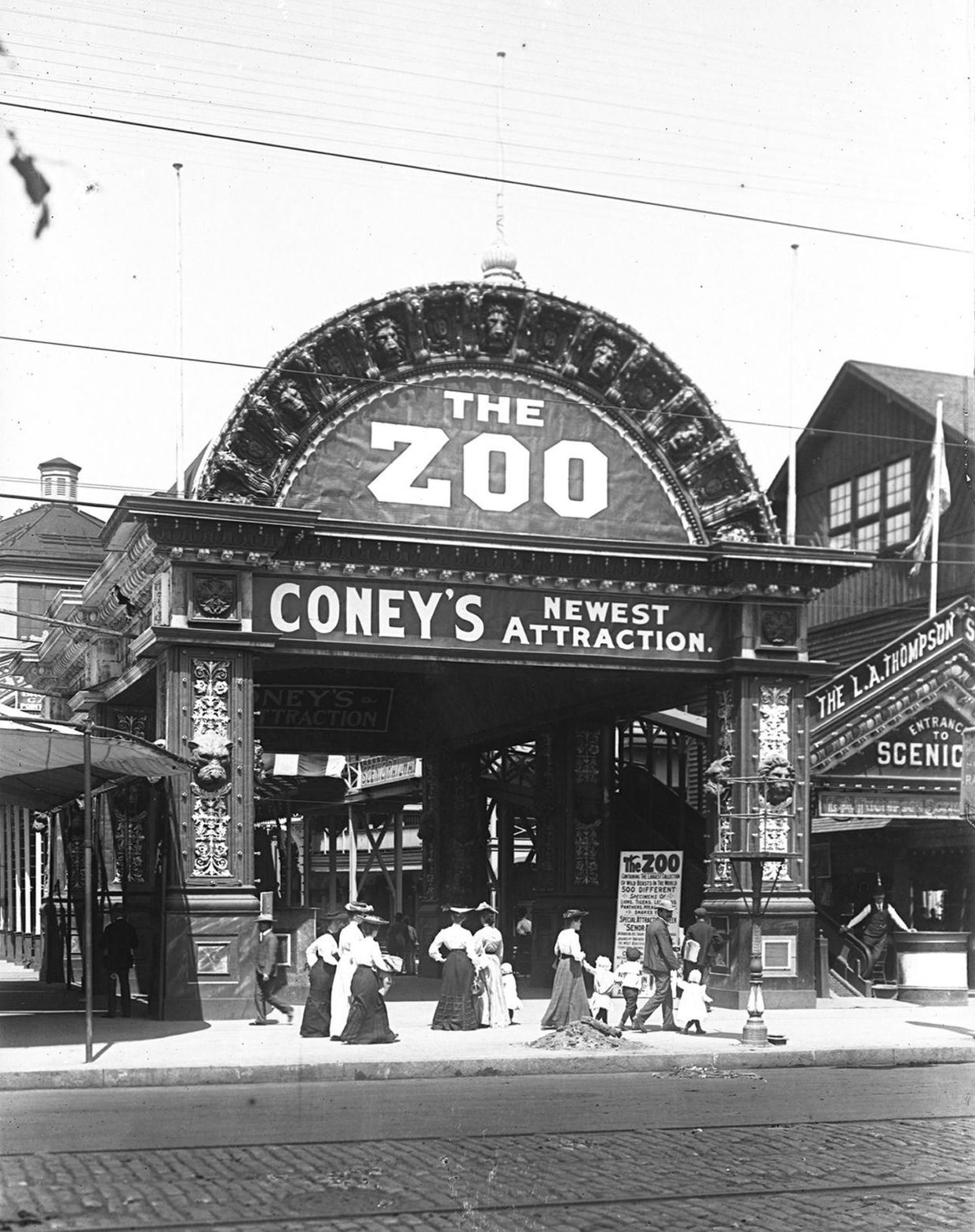

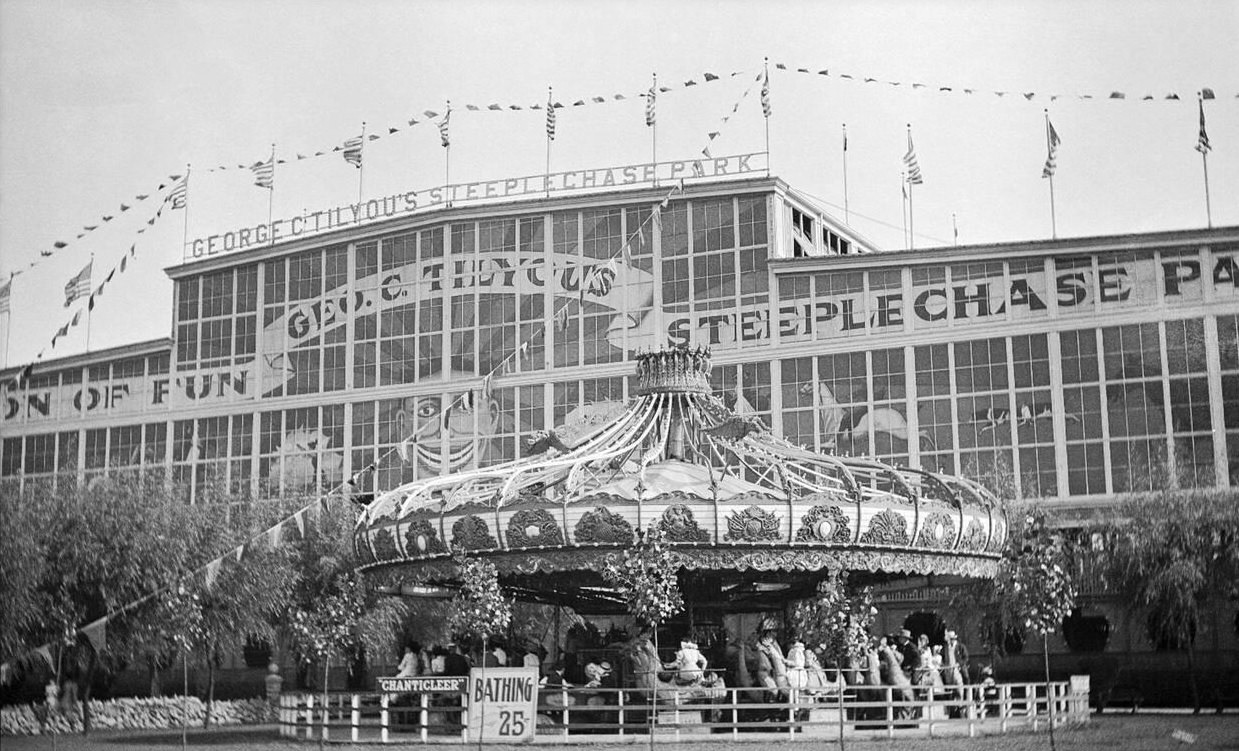
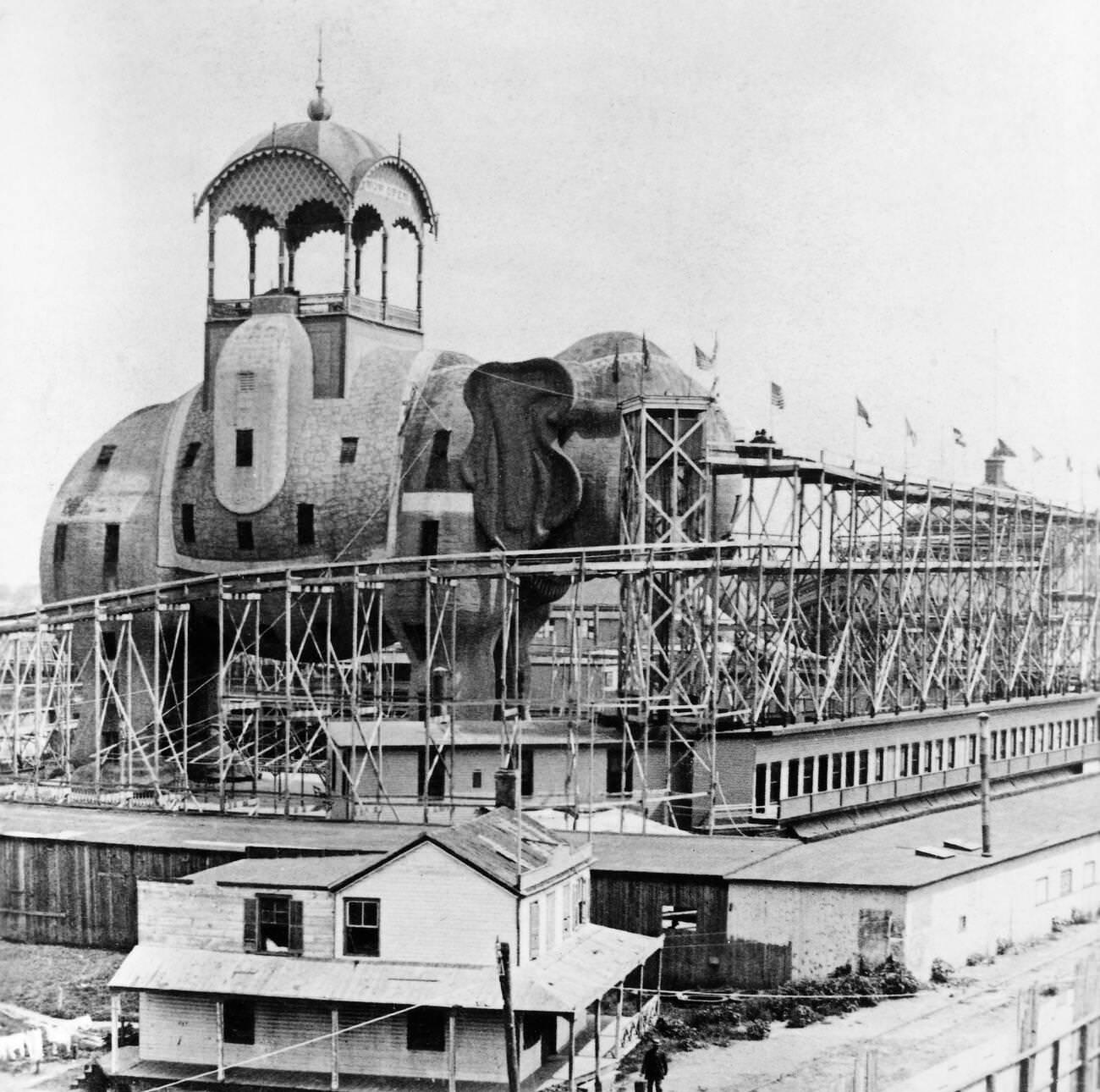
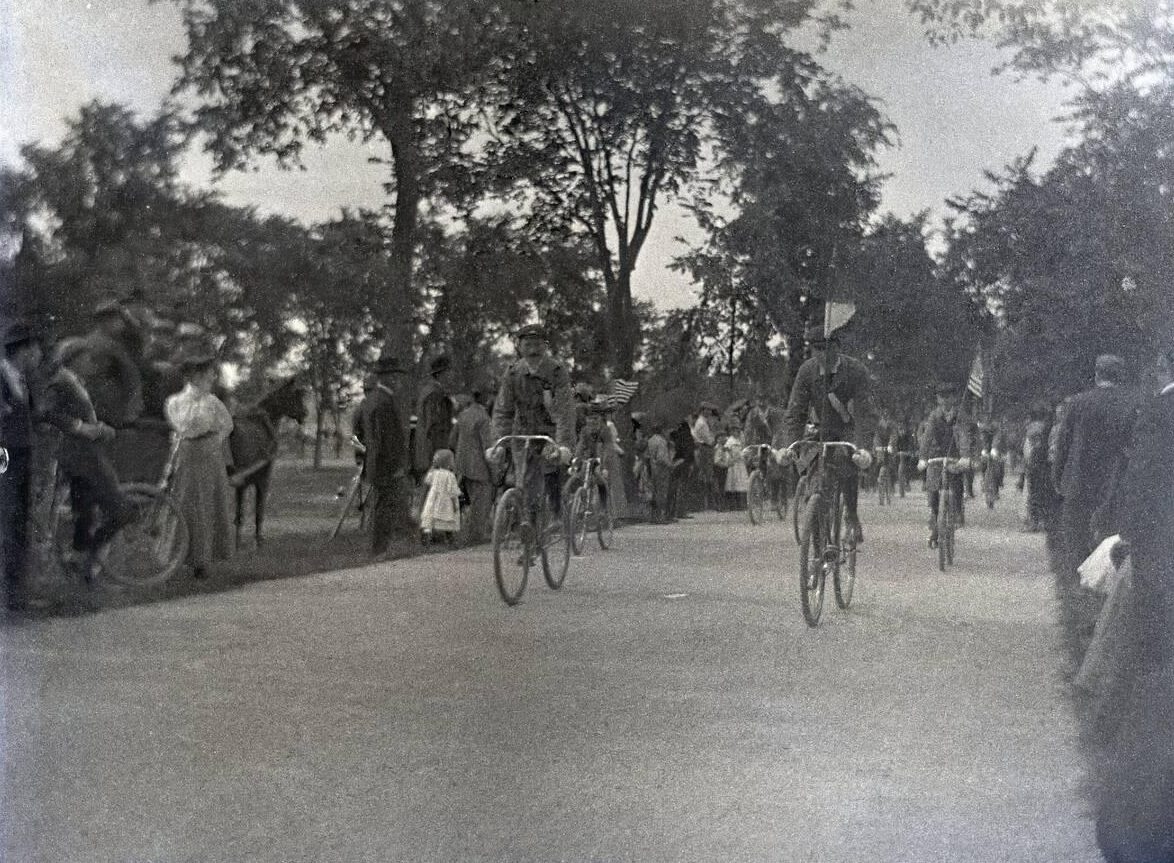
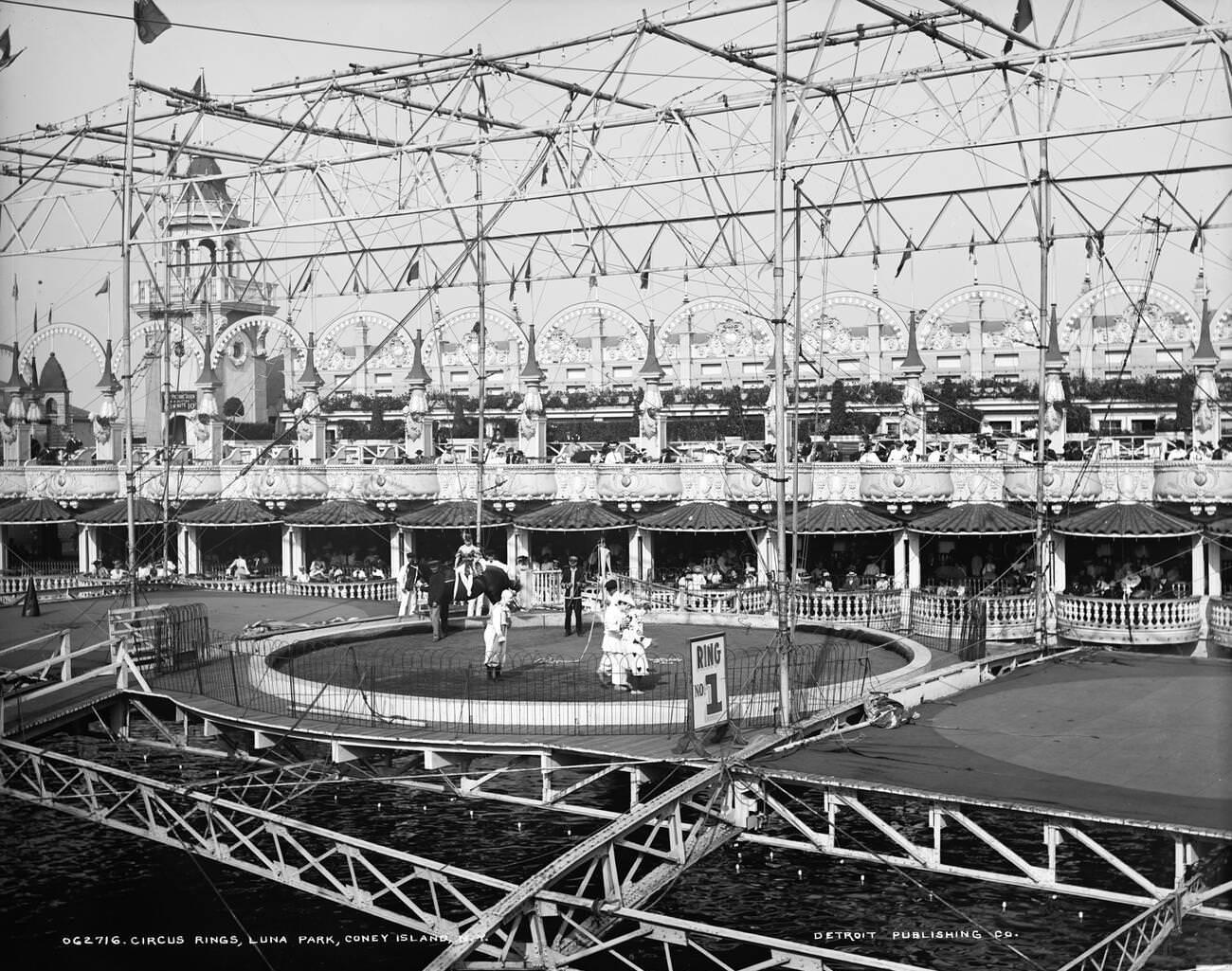
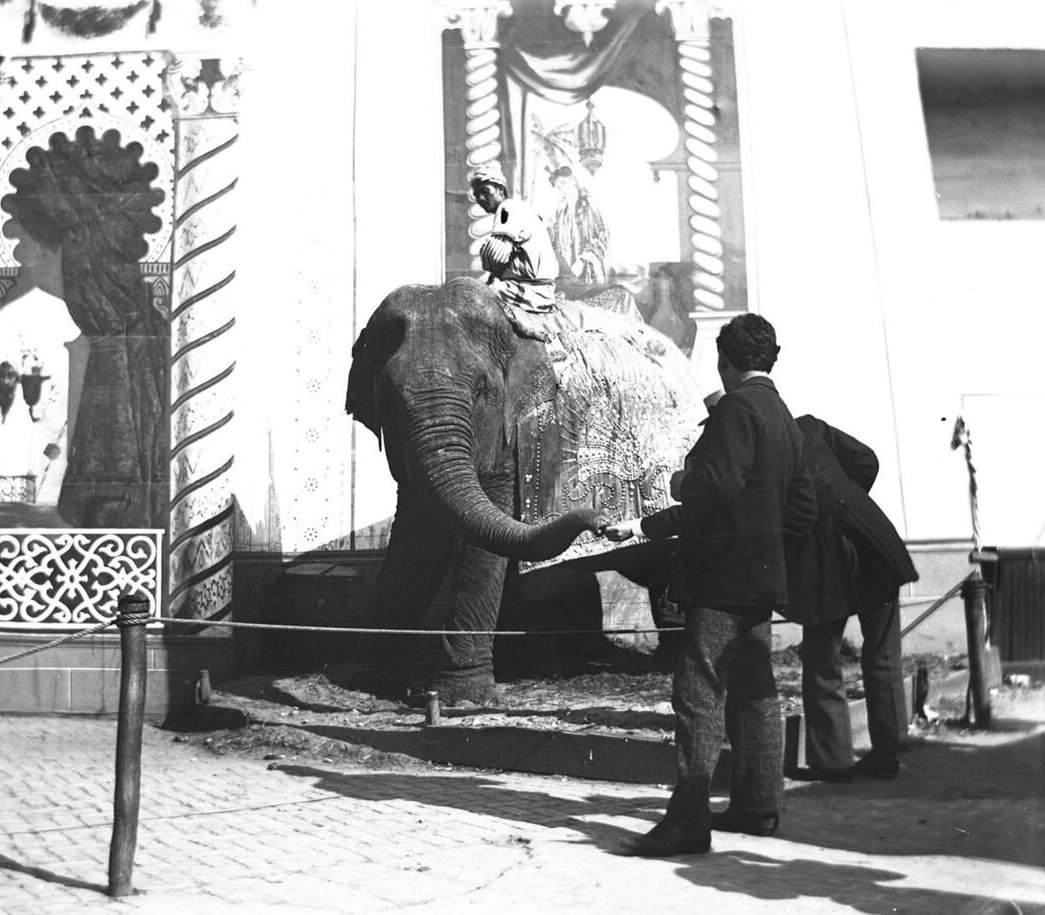
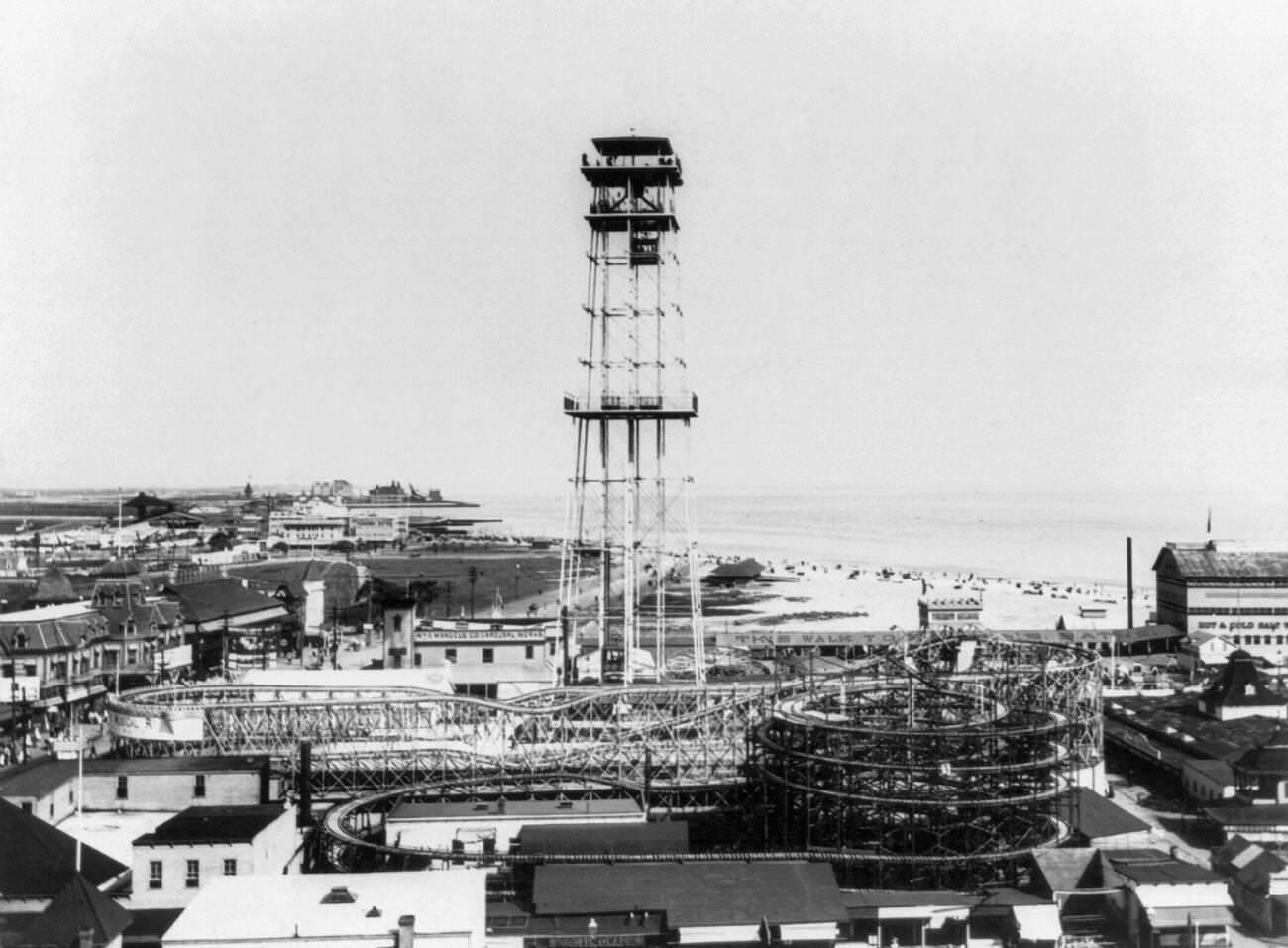
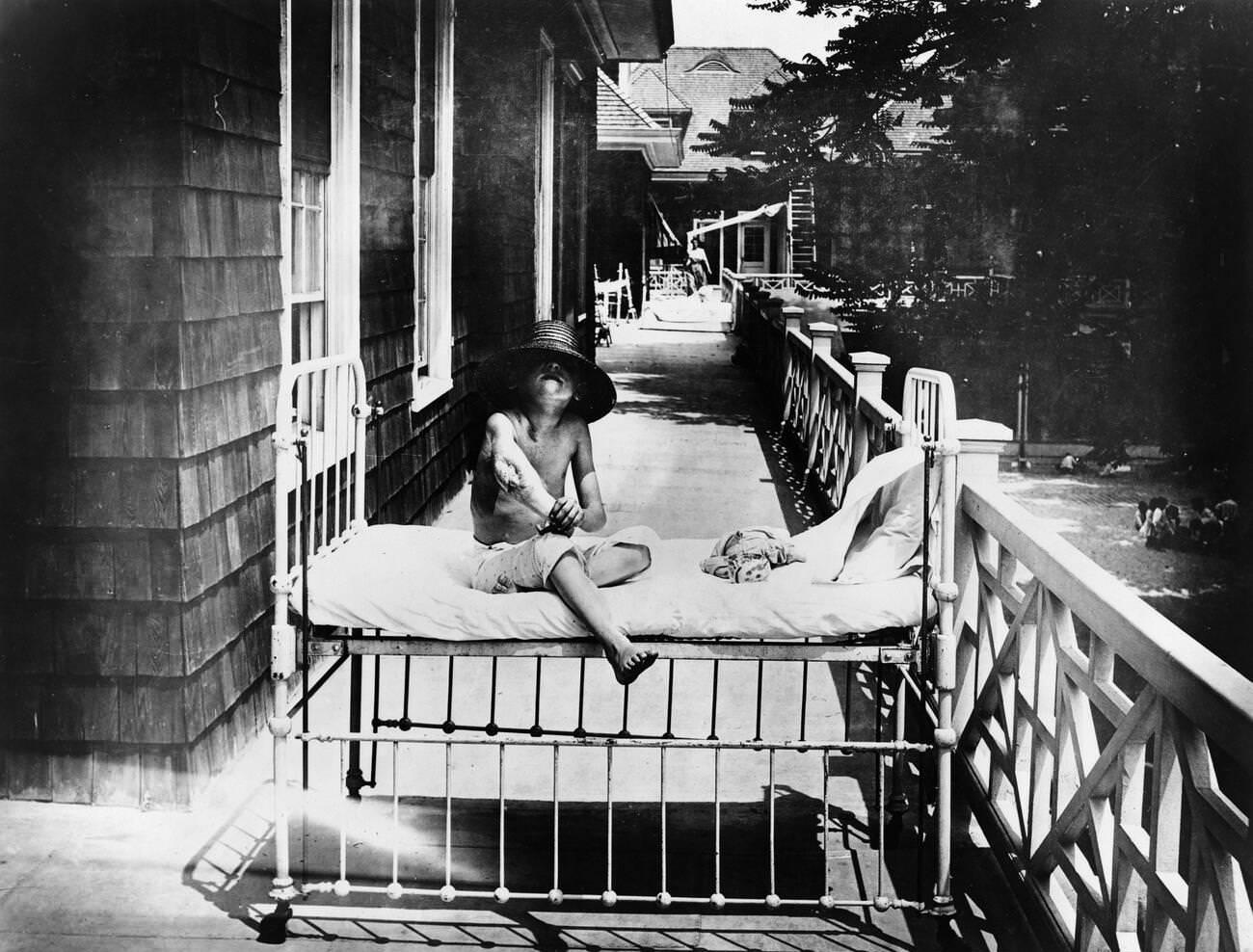
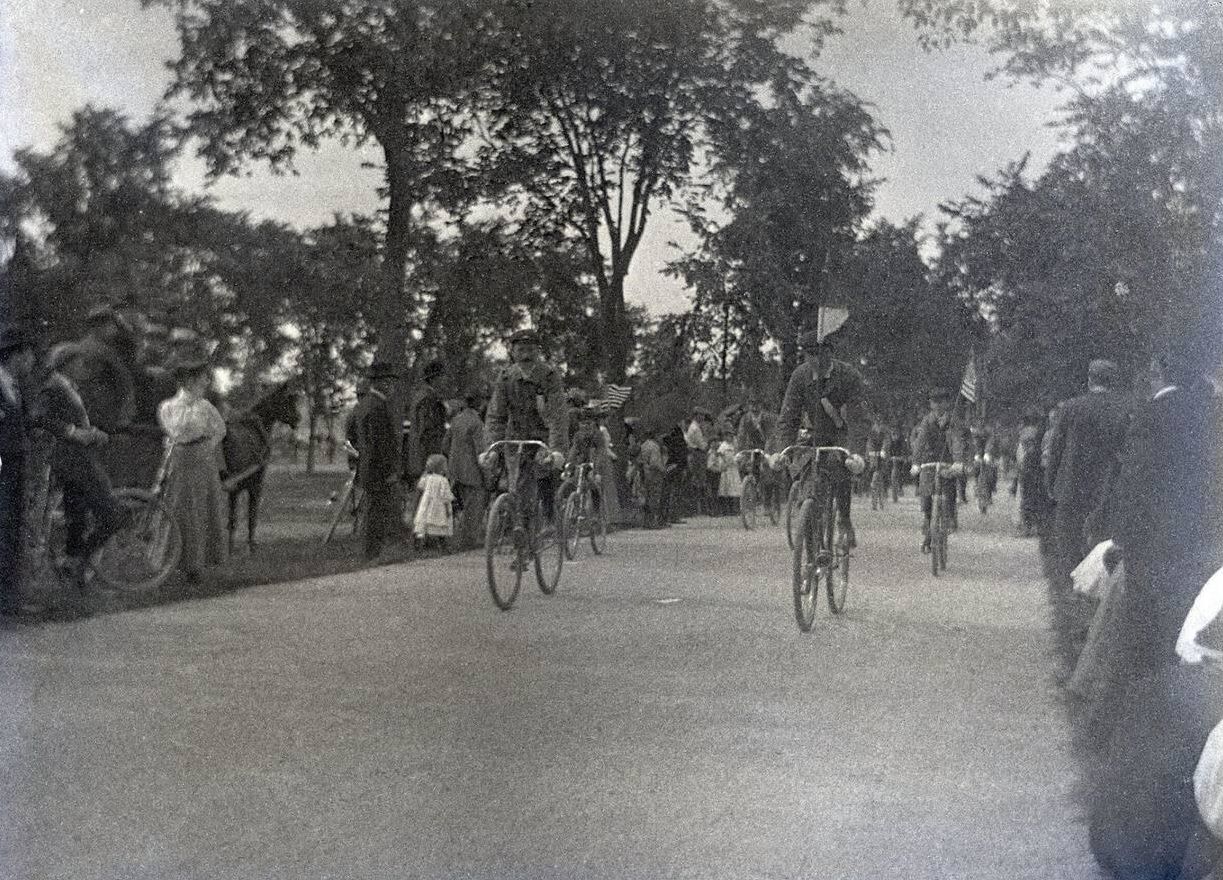

GIPHY App Key not set. Please check settings